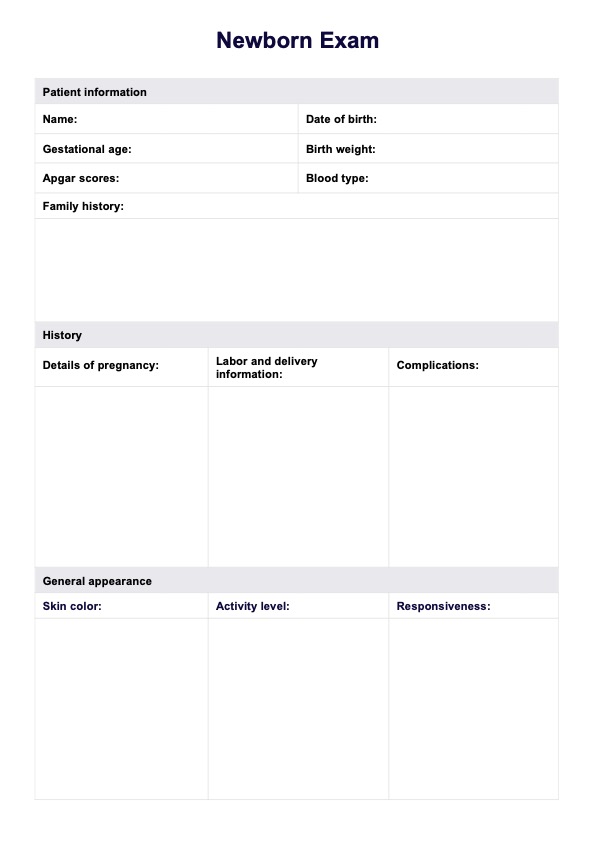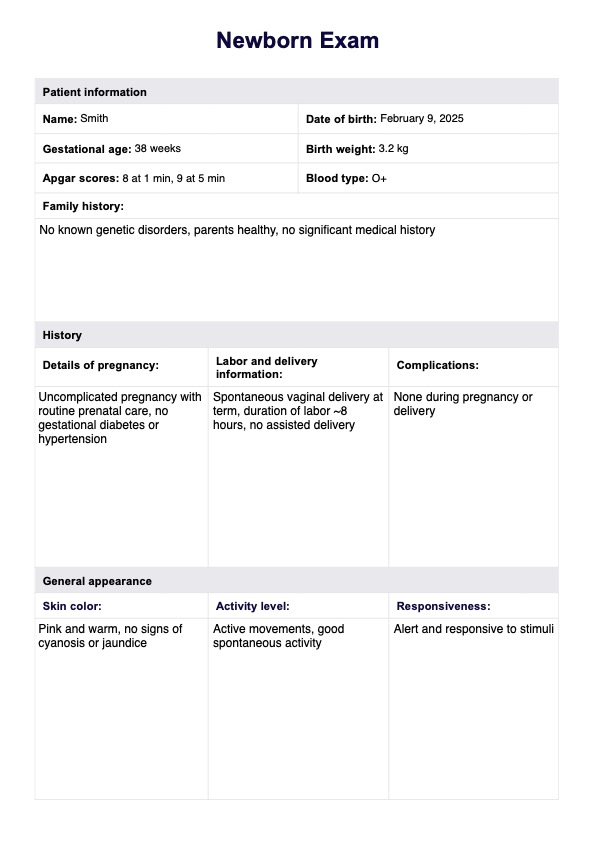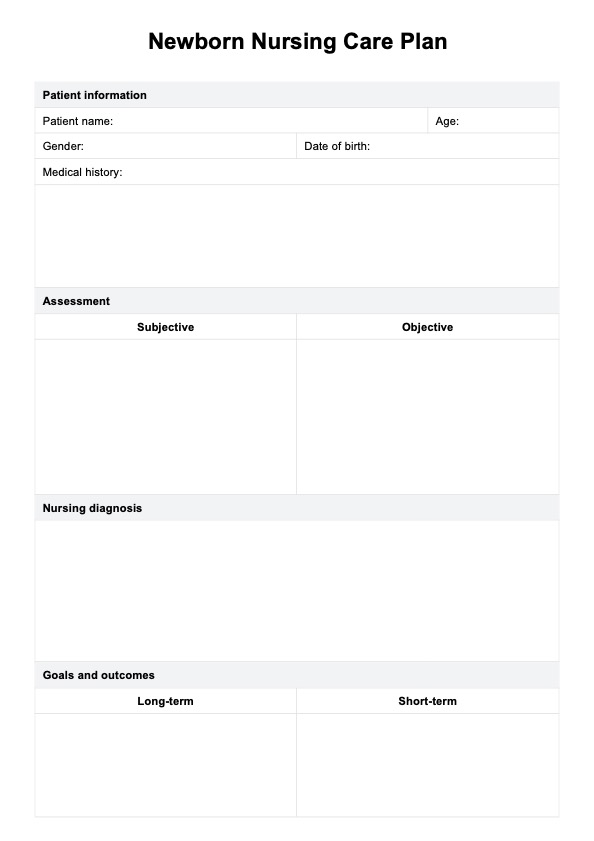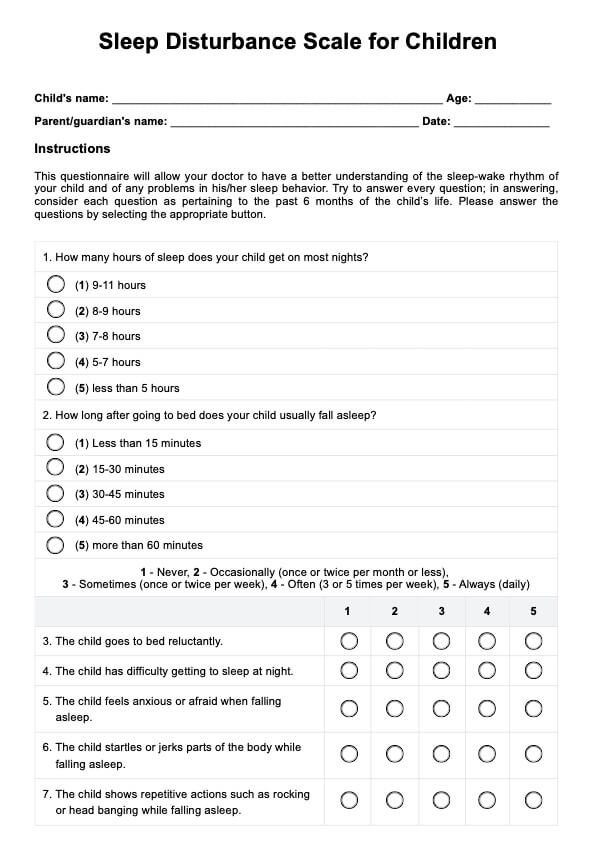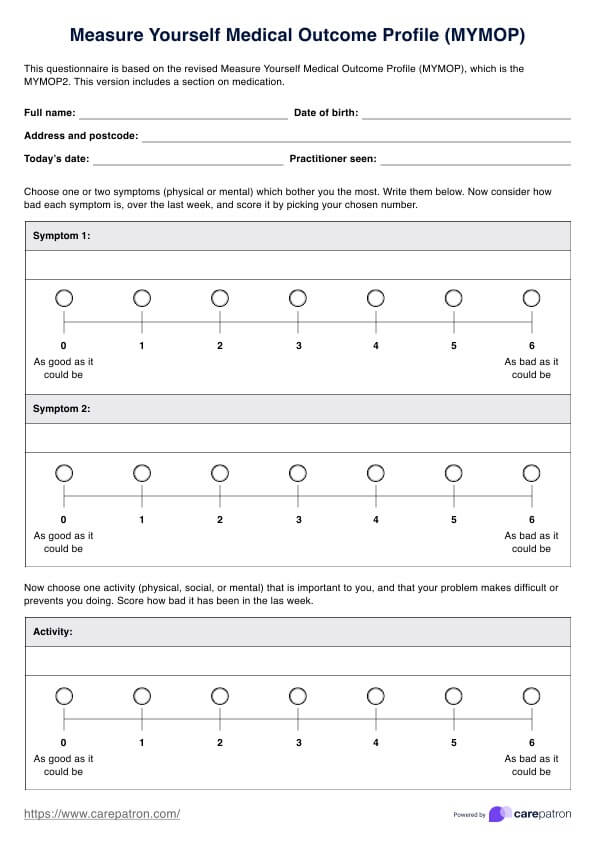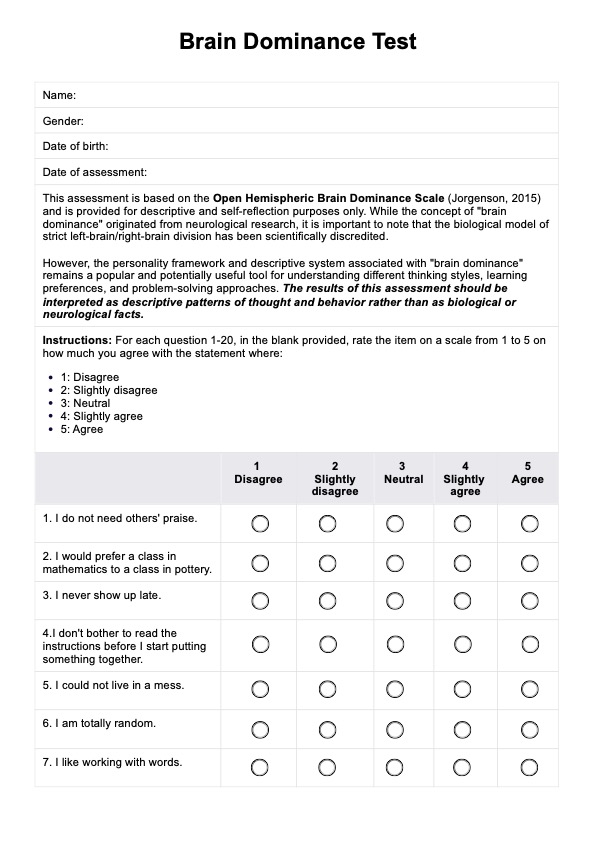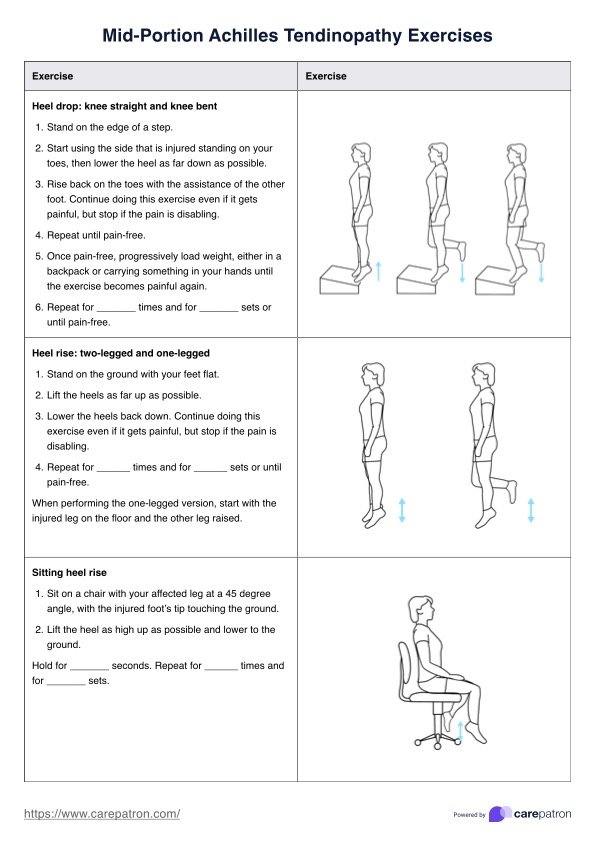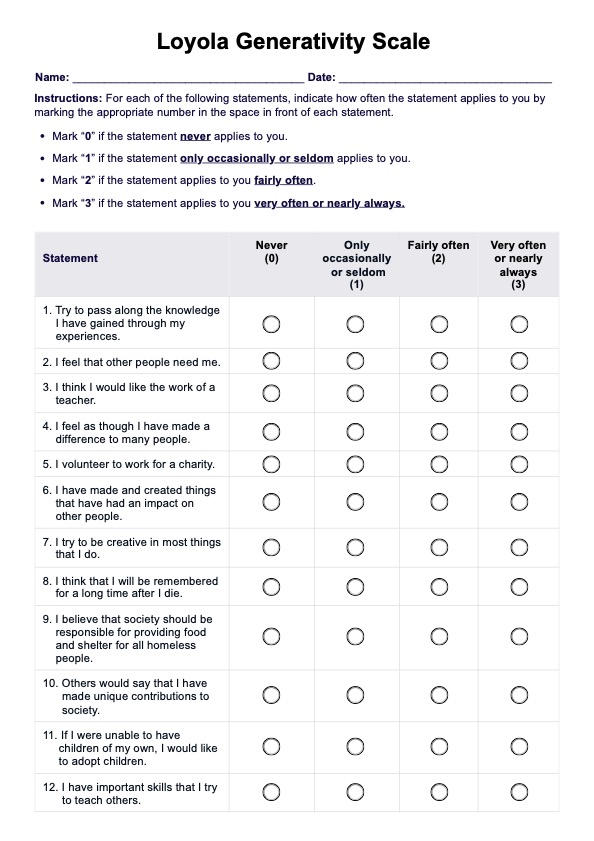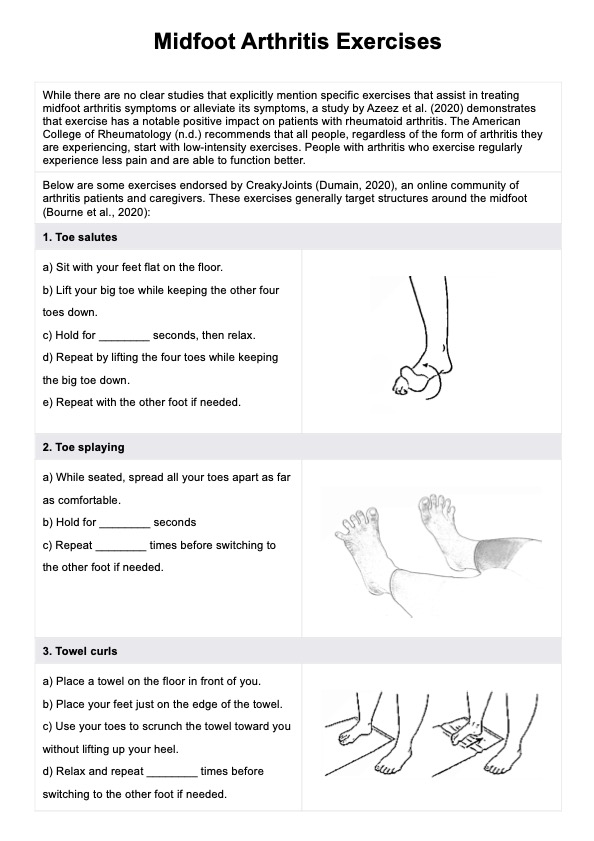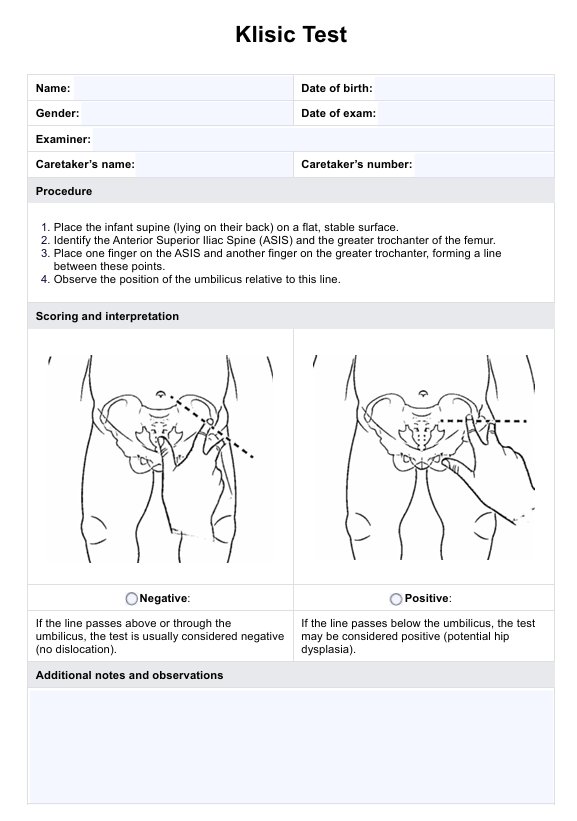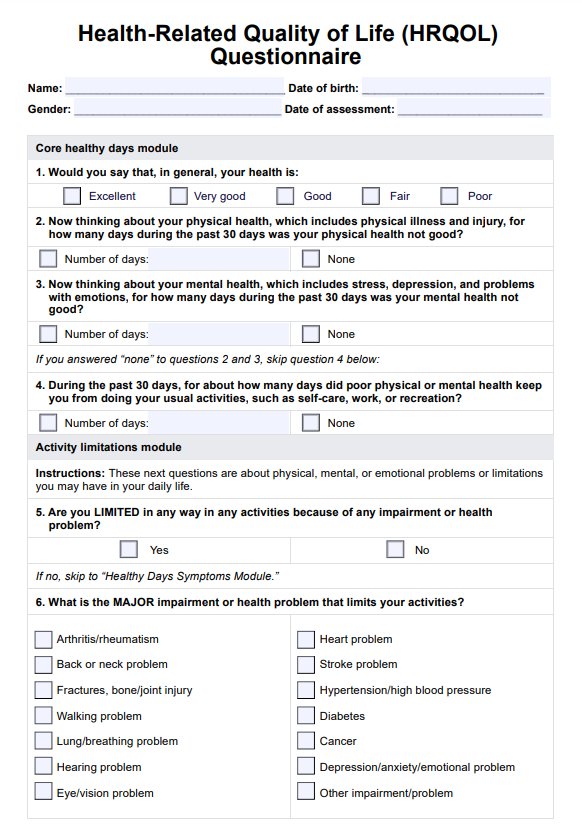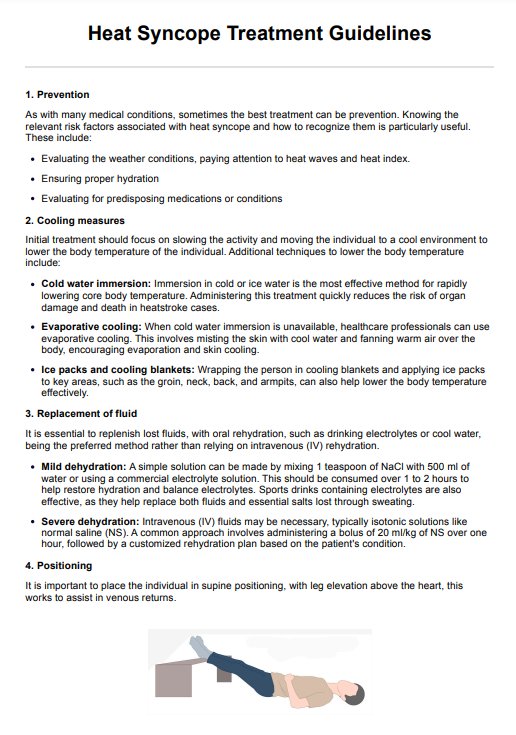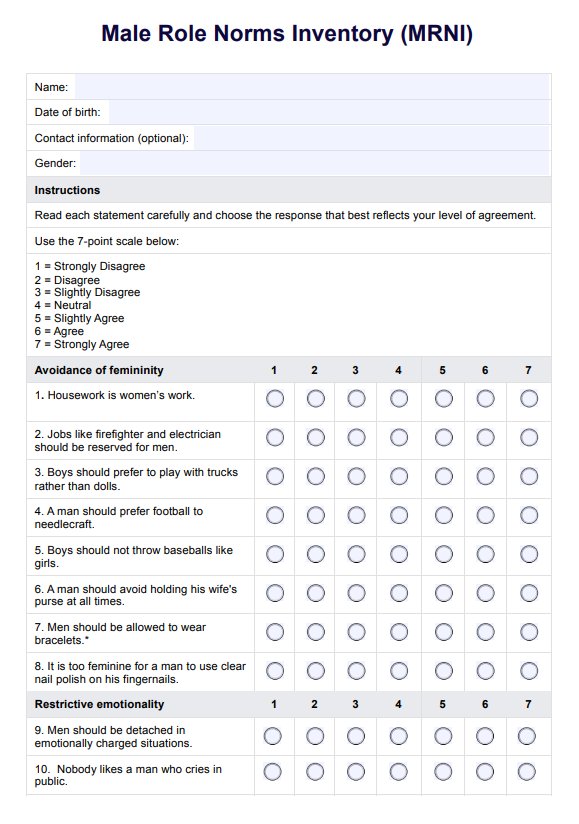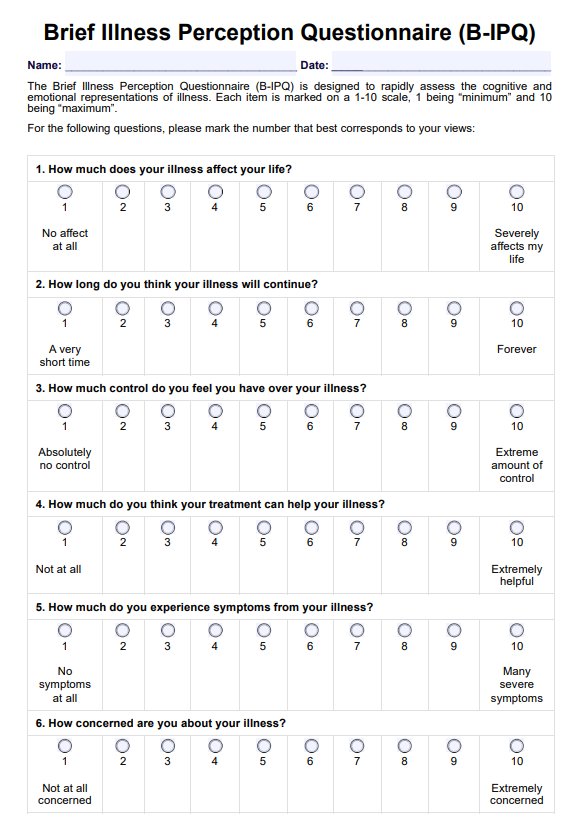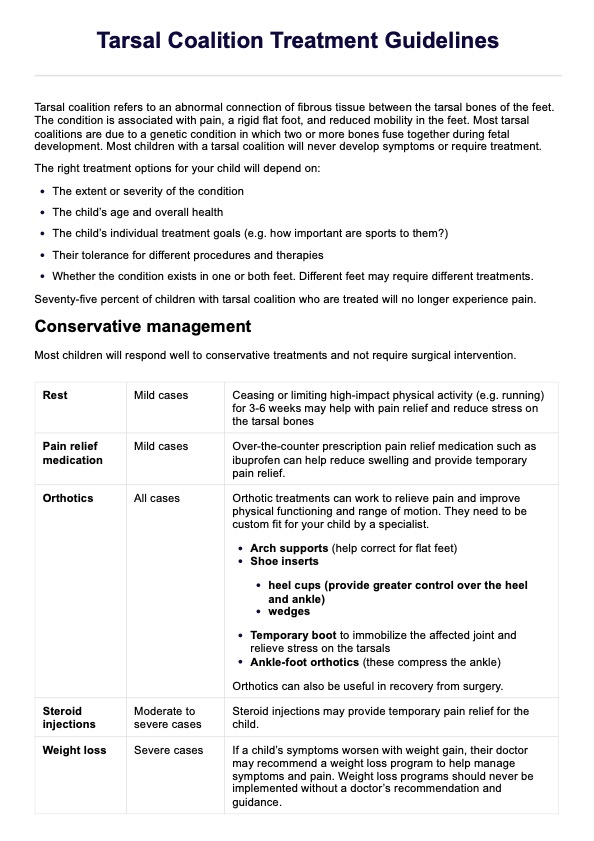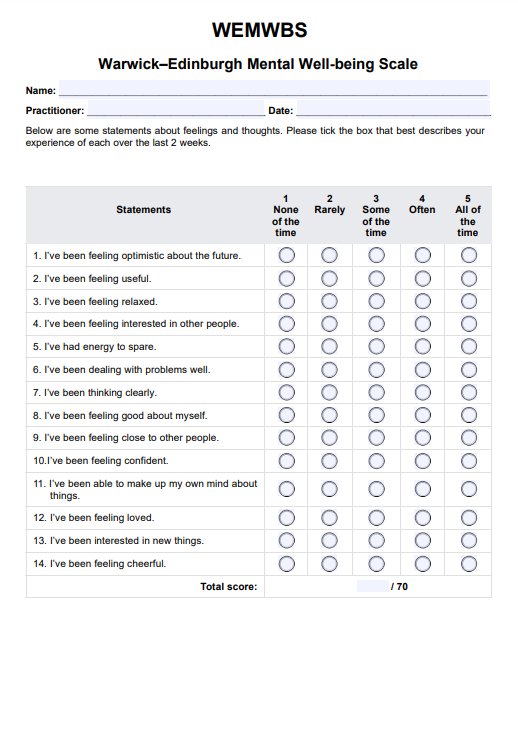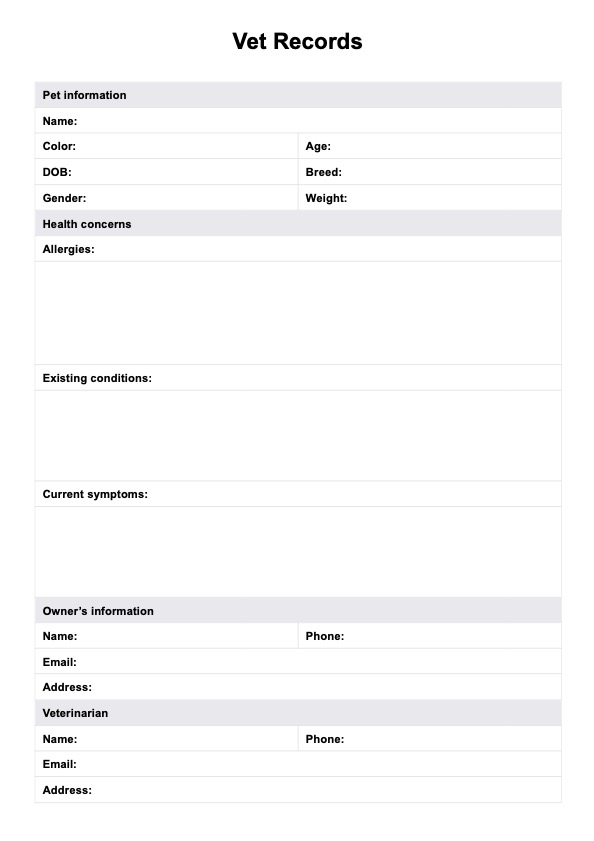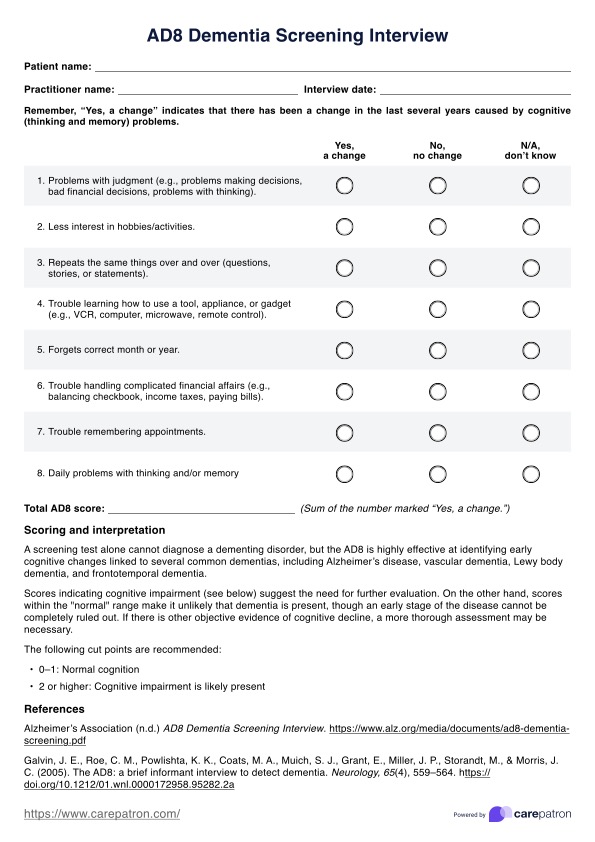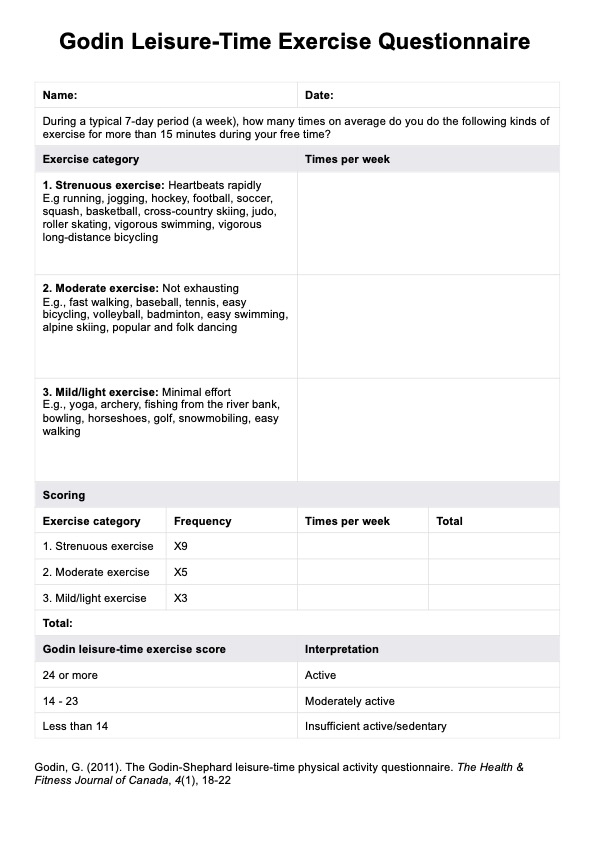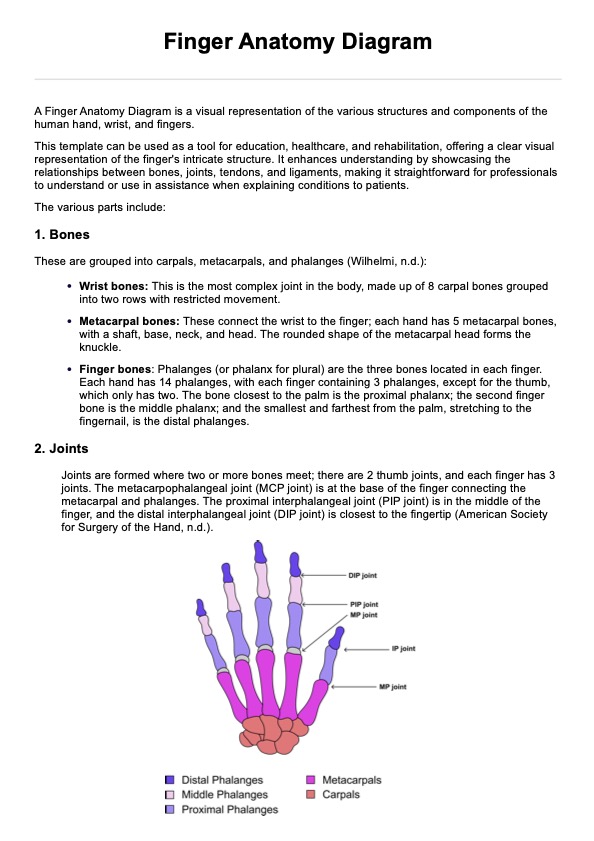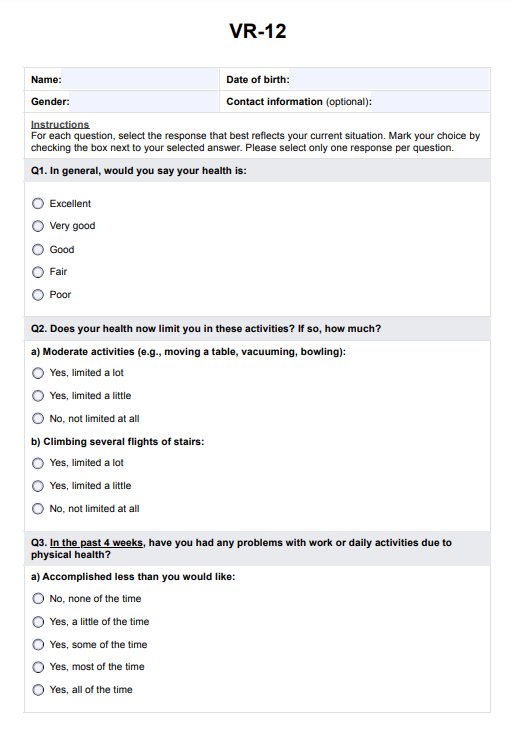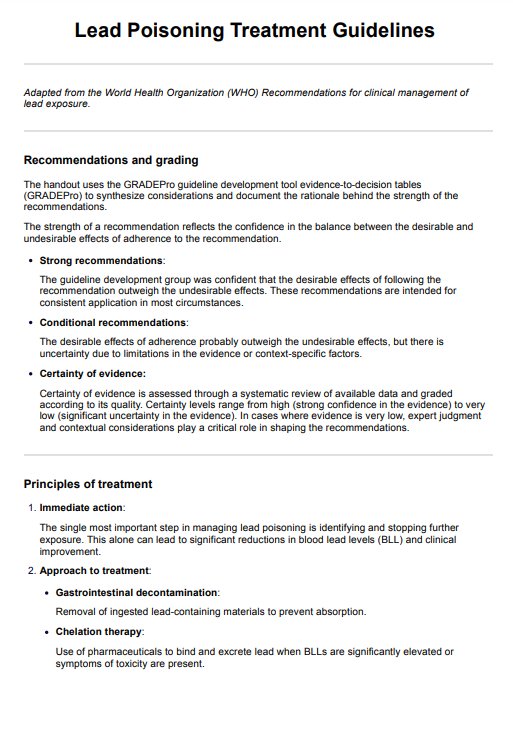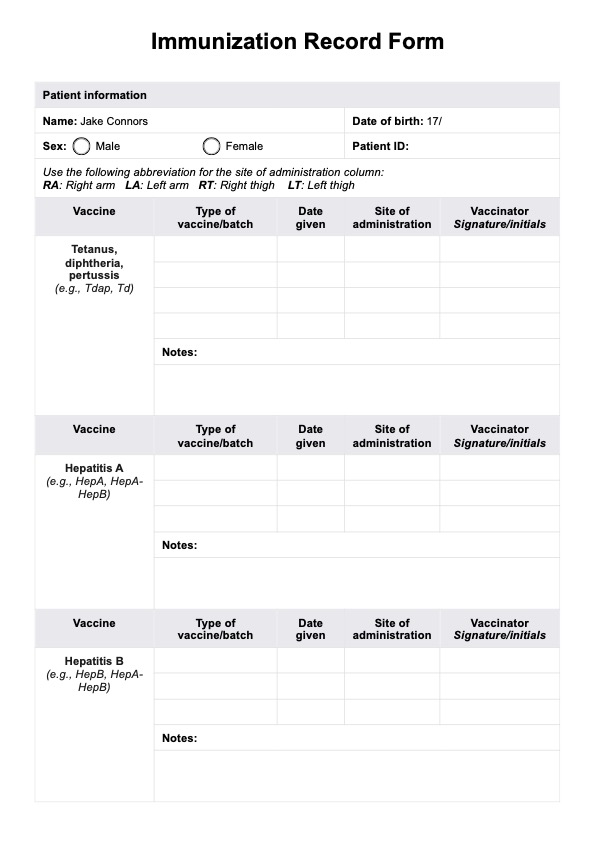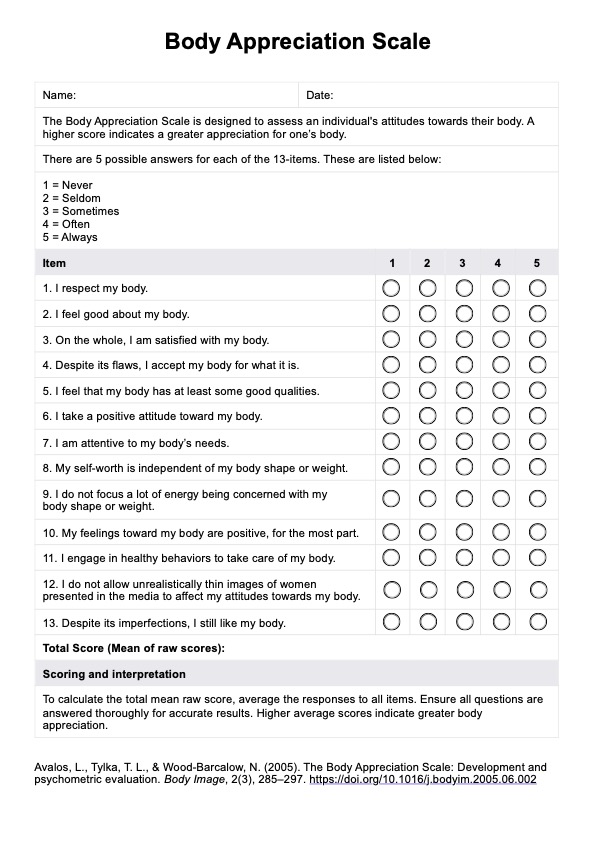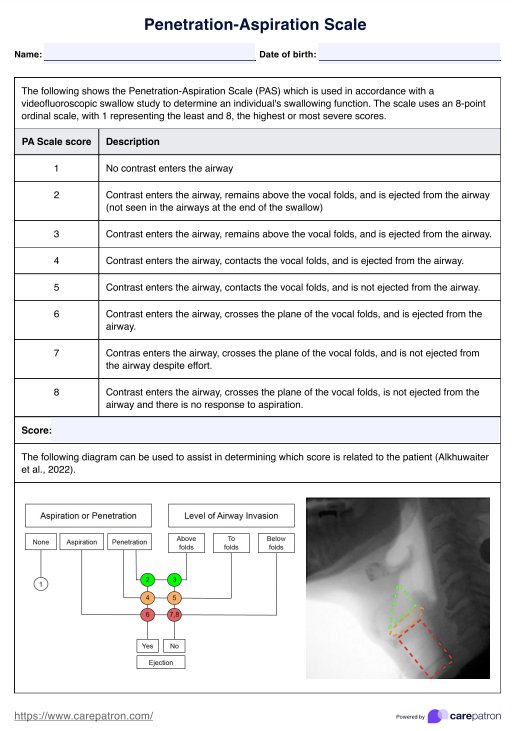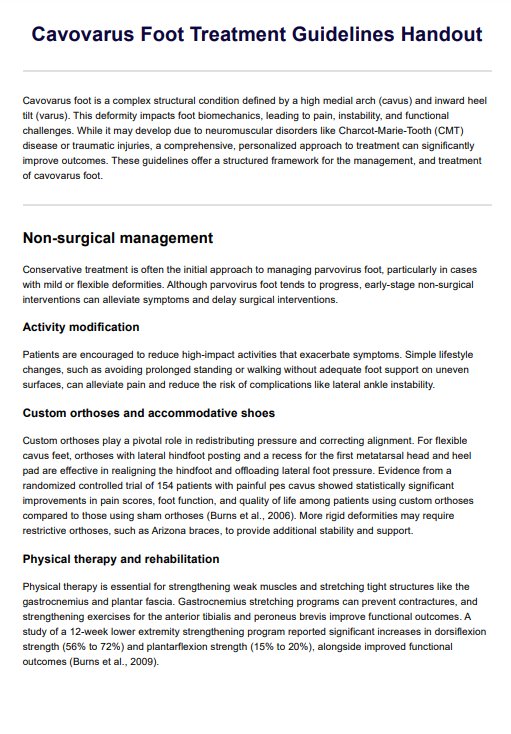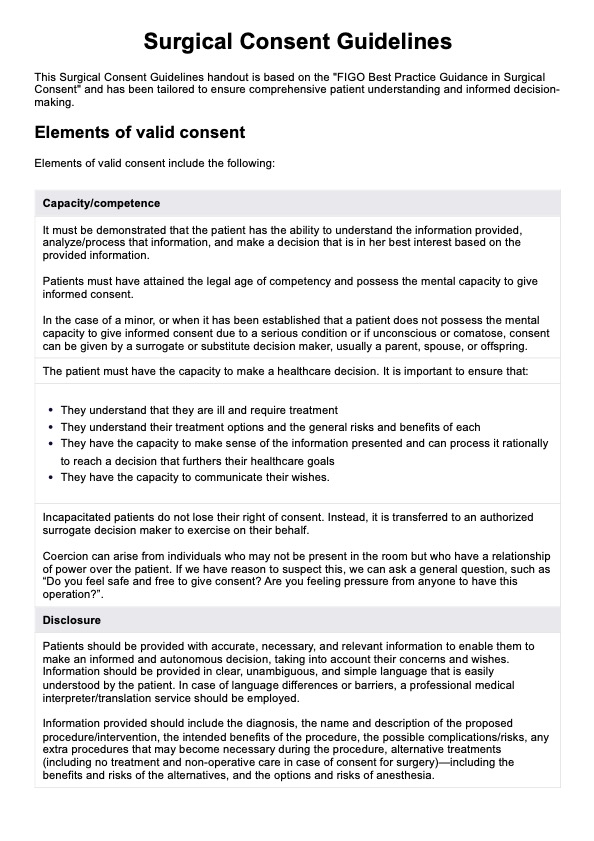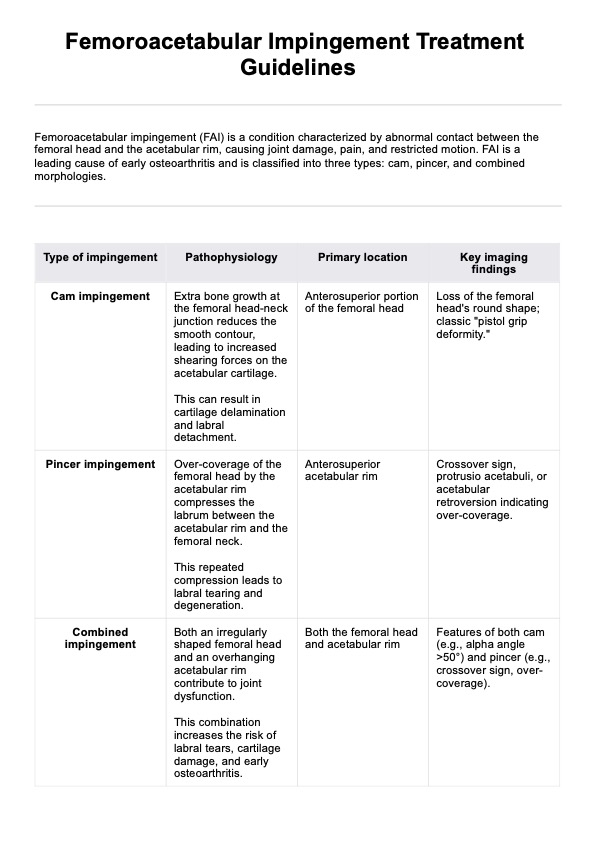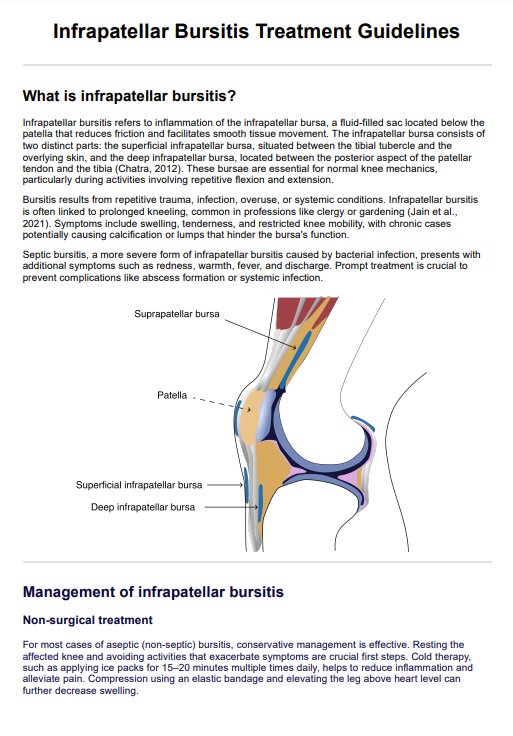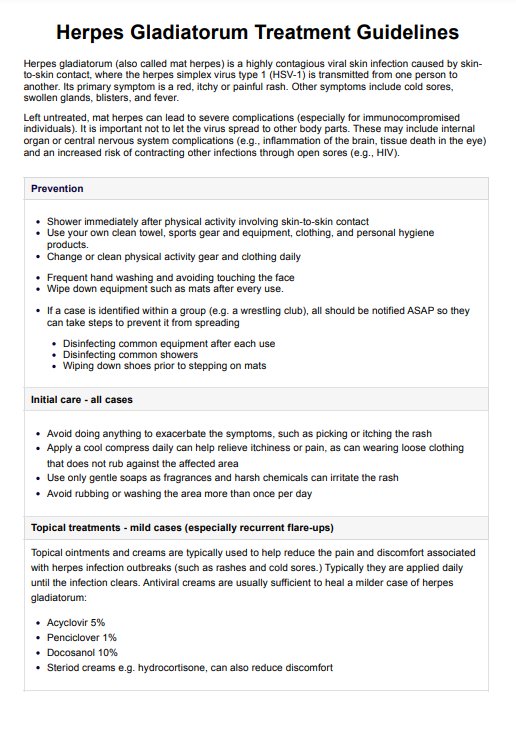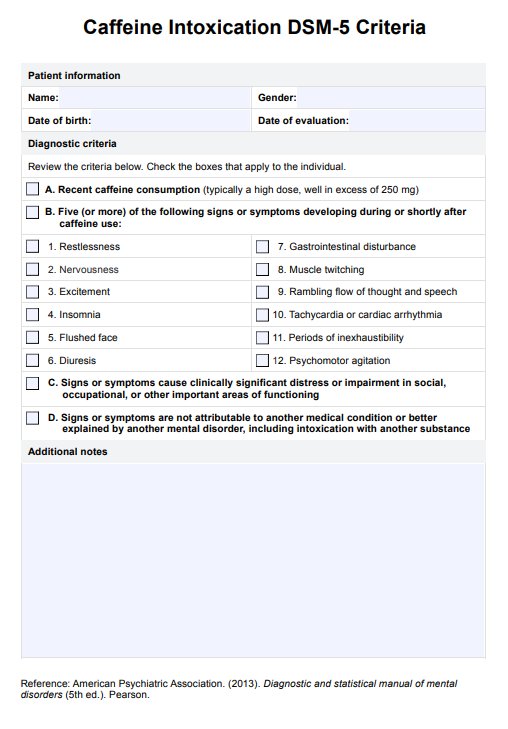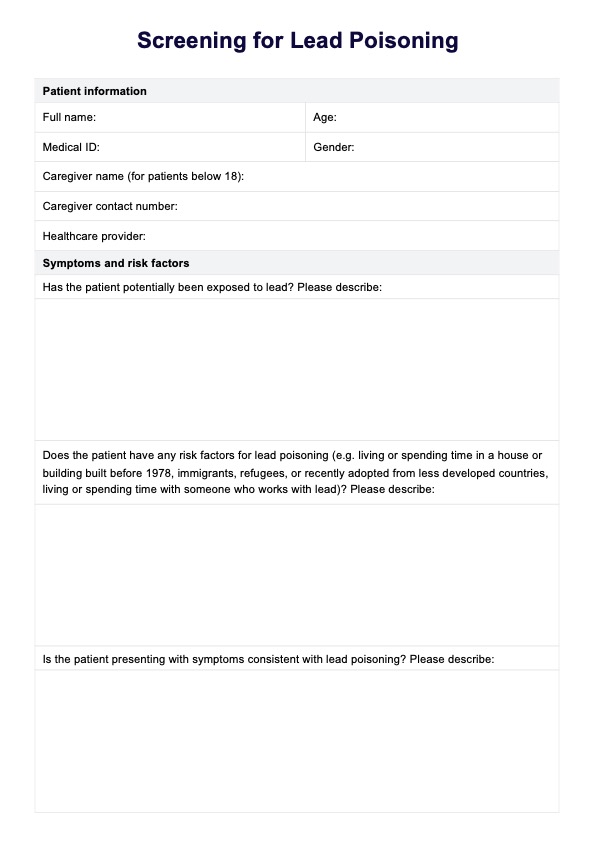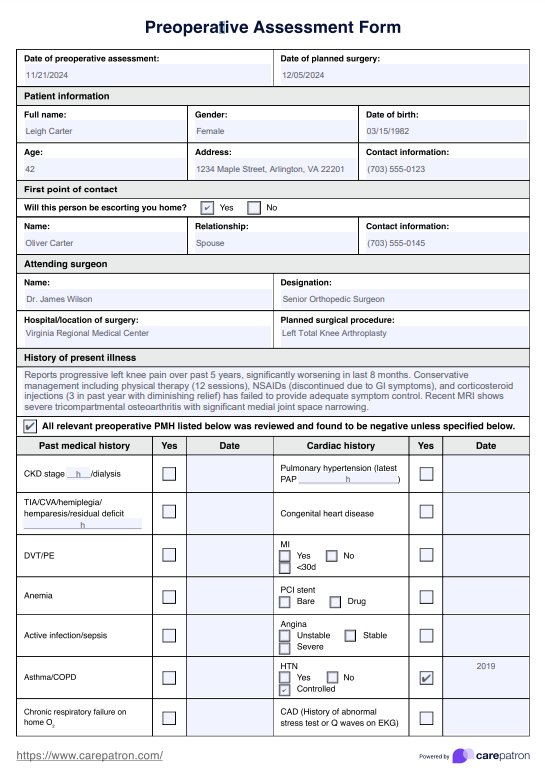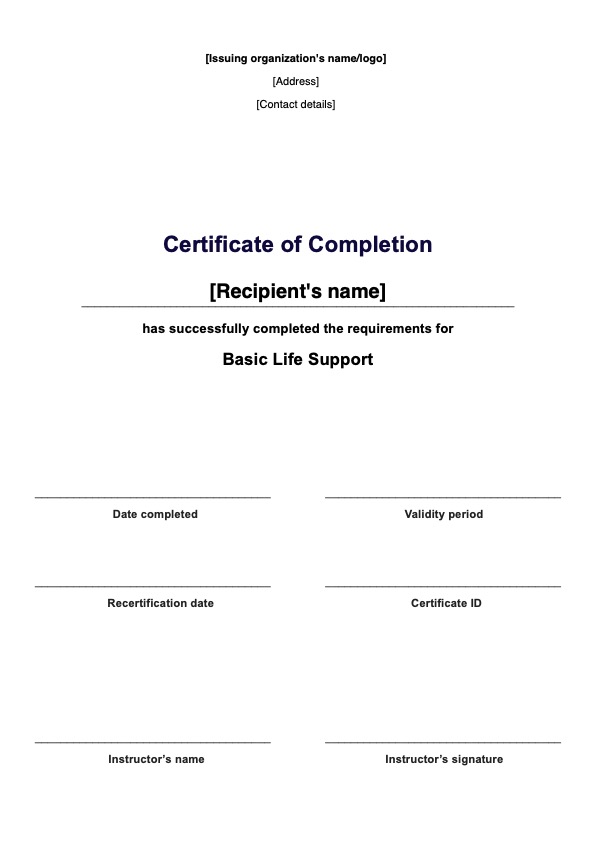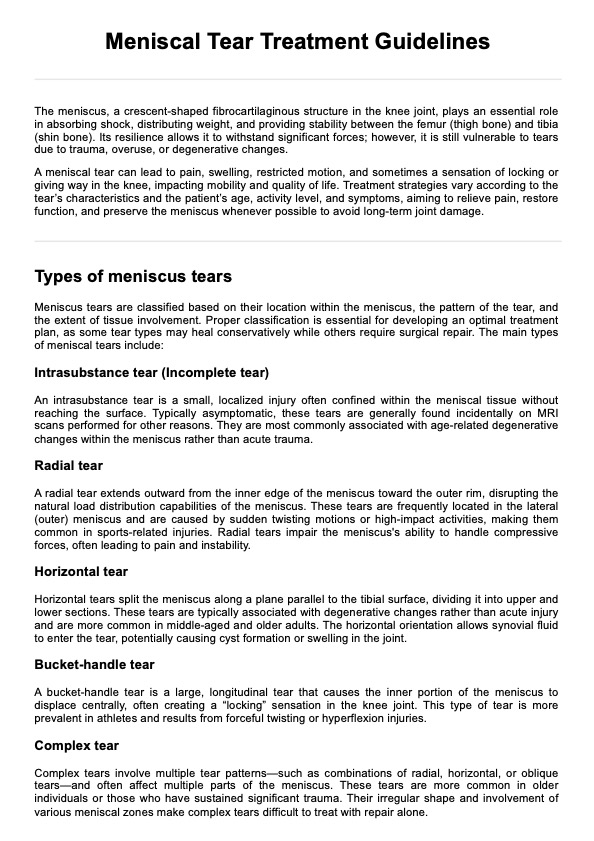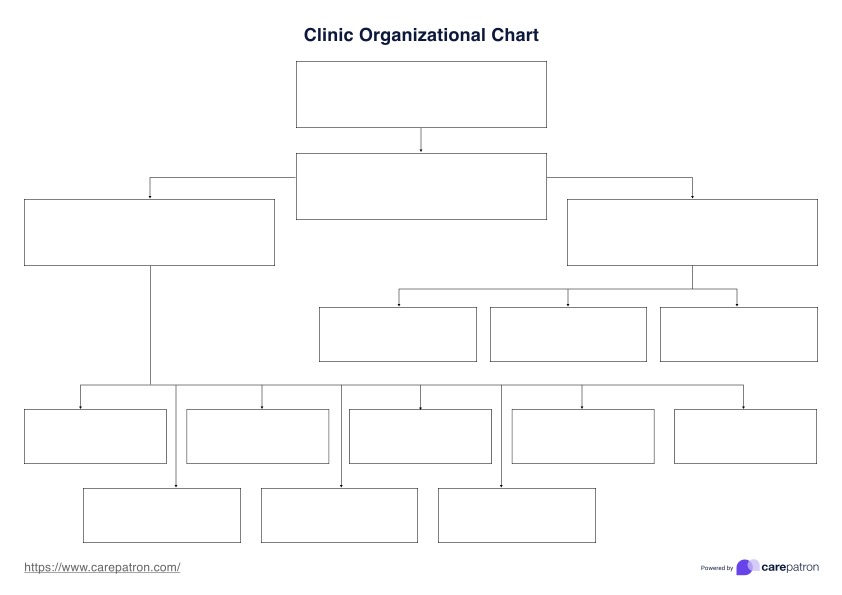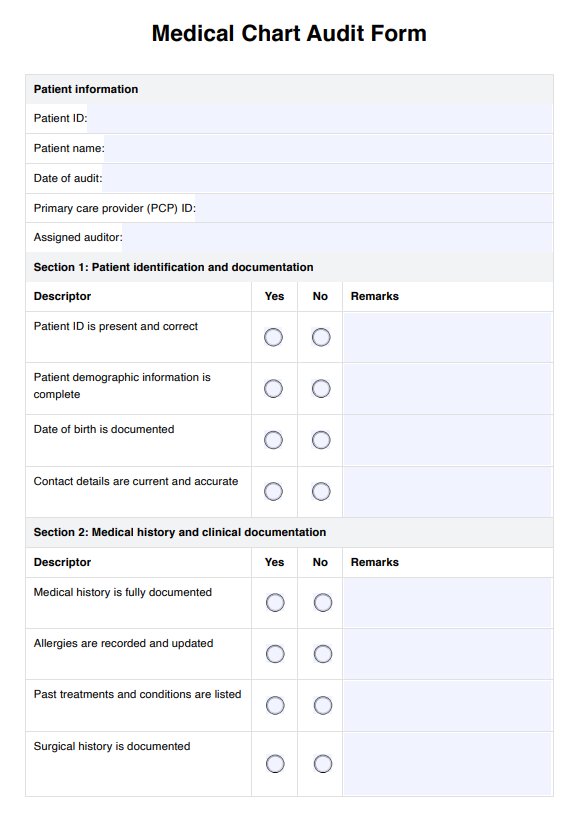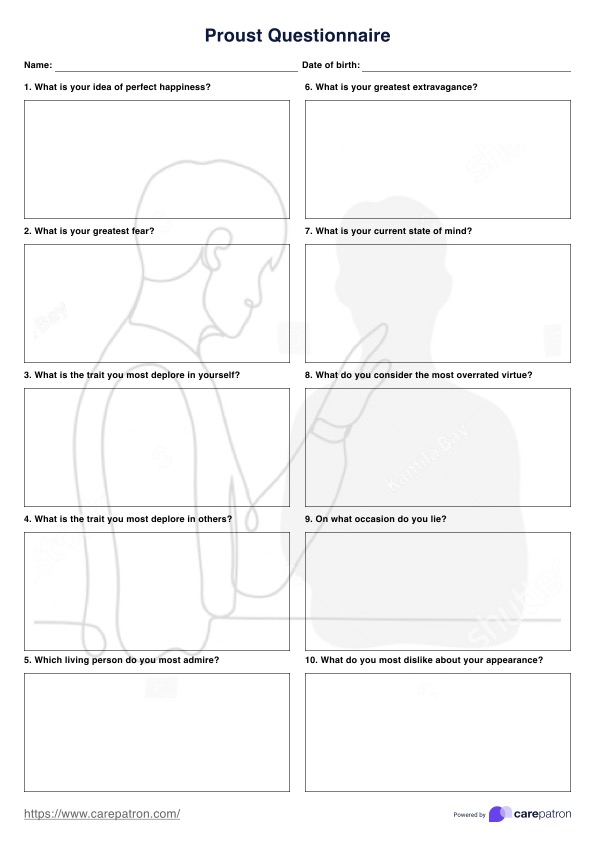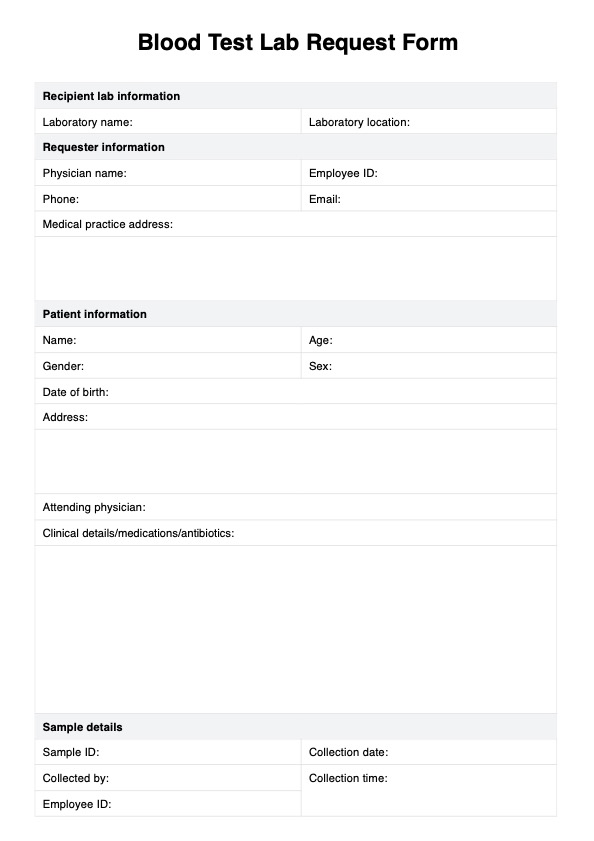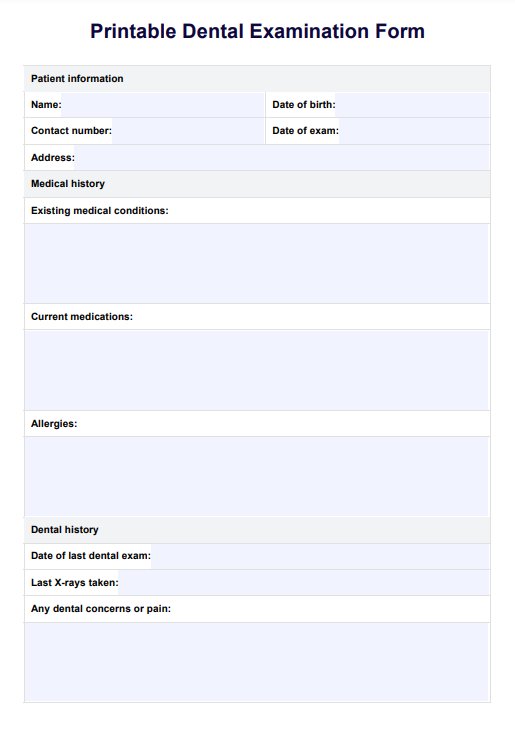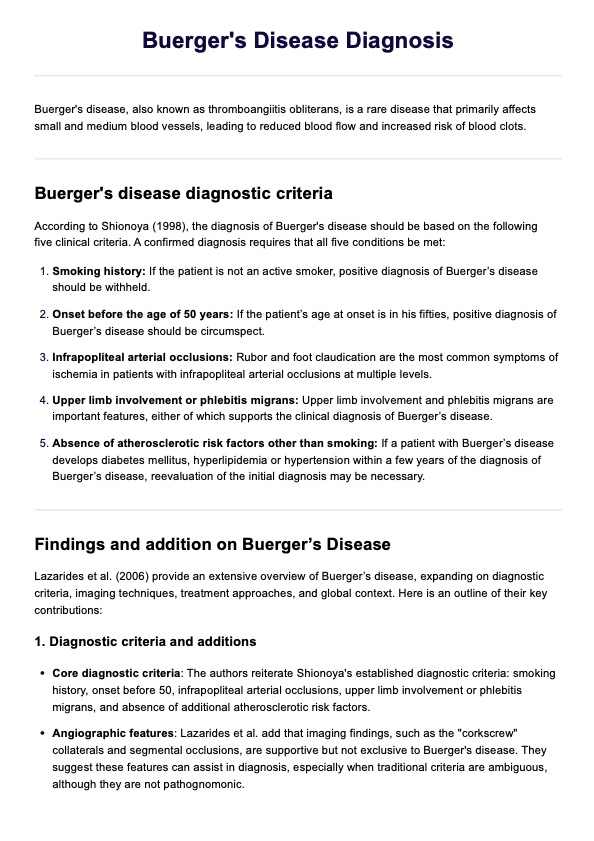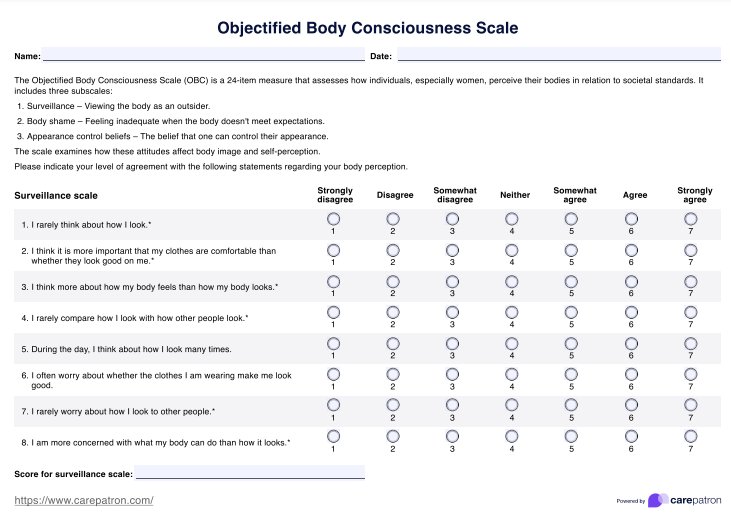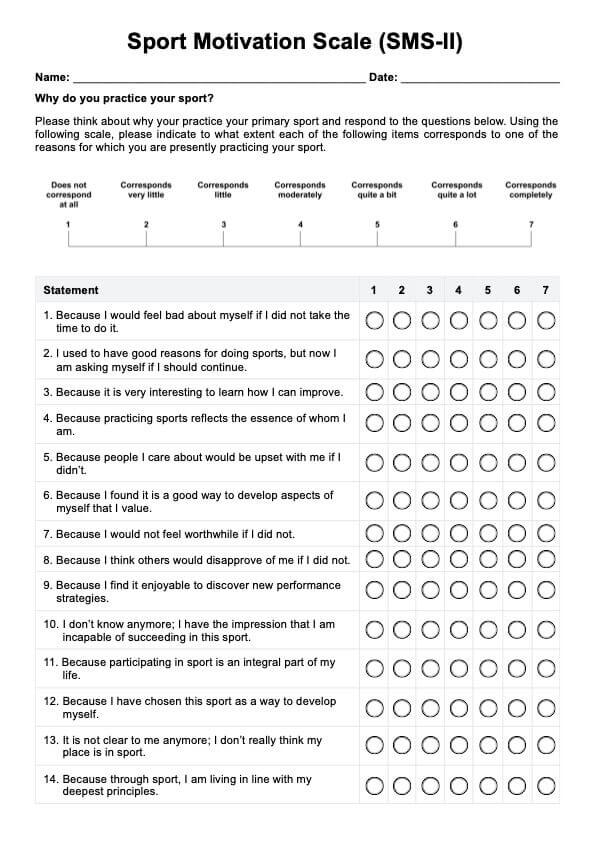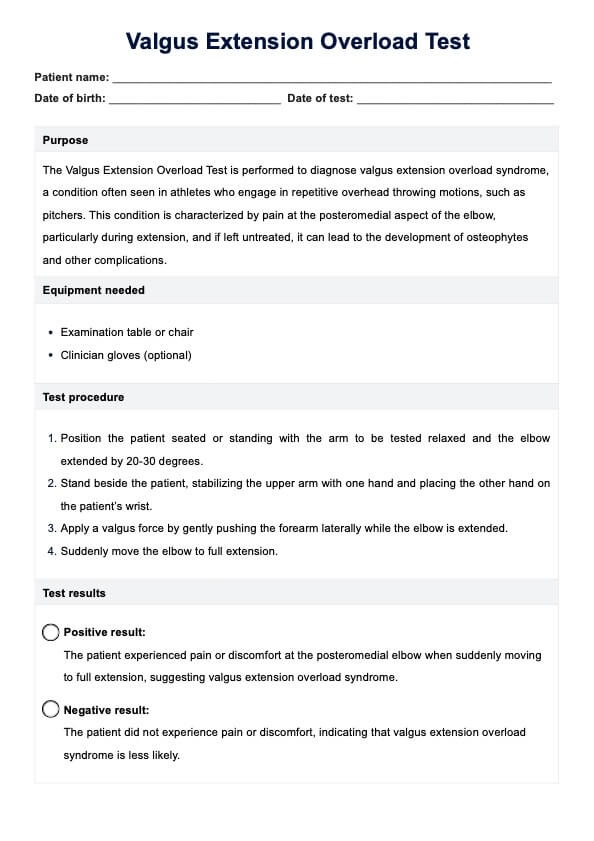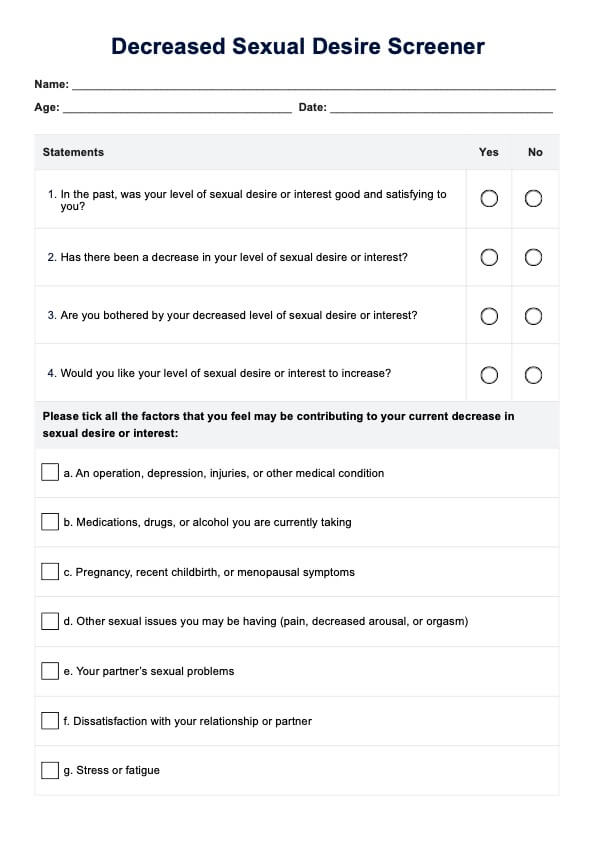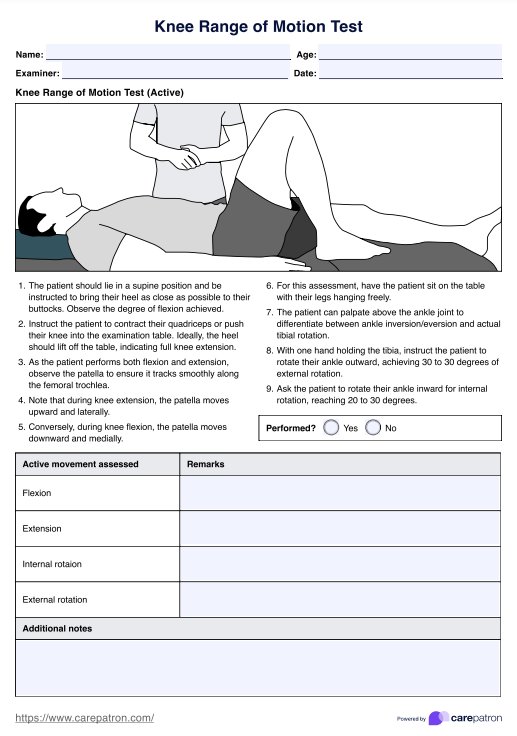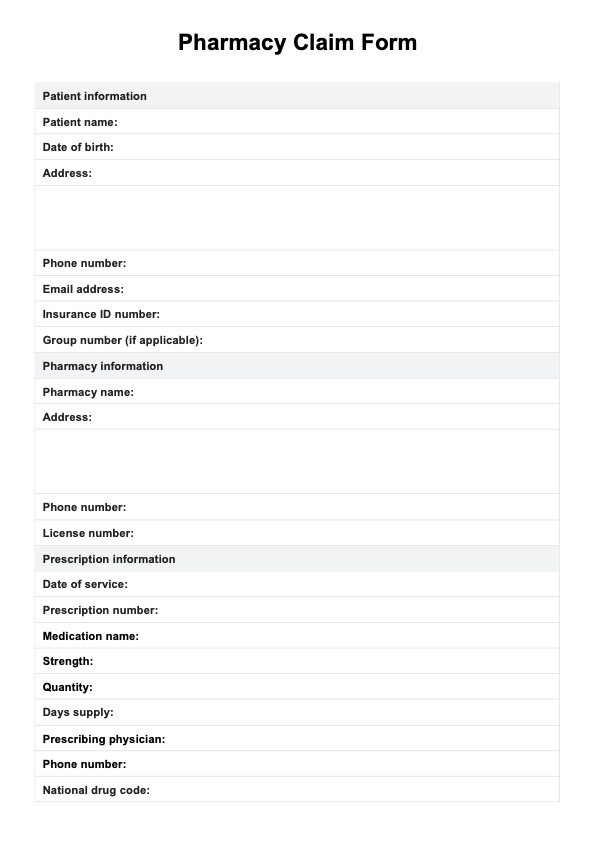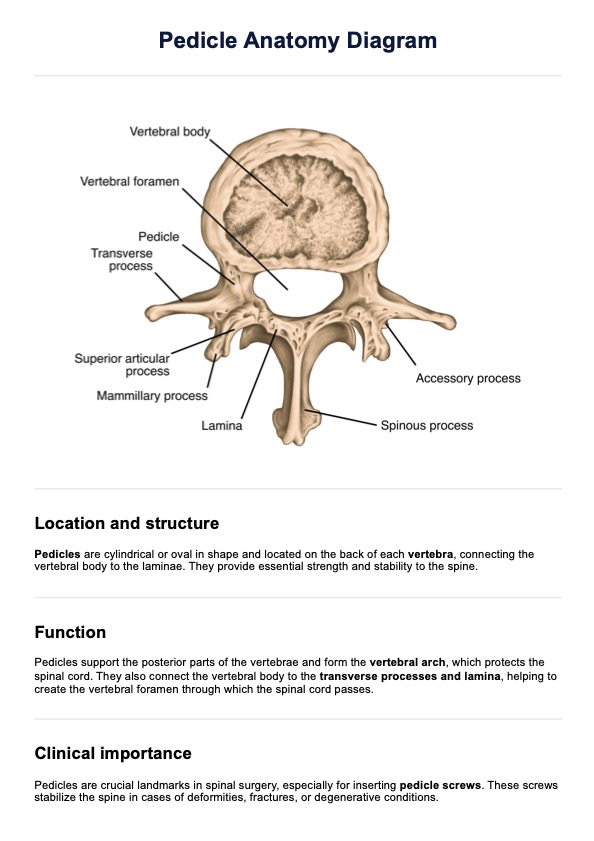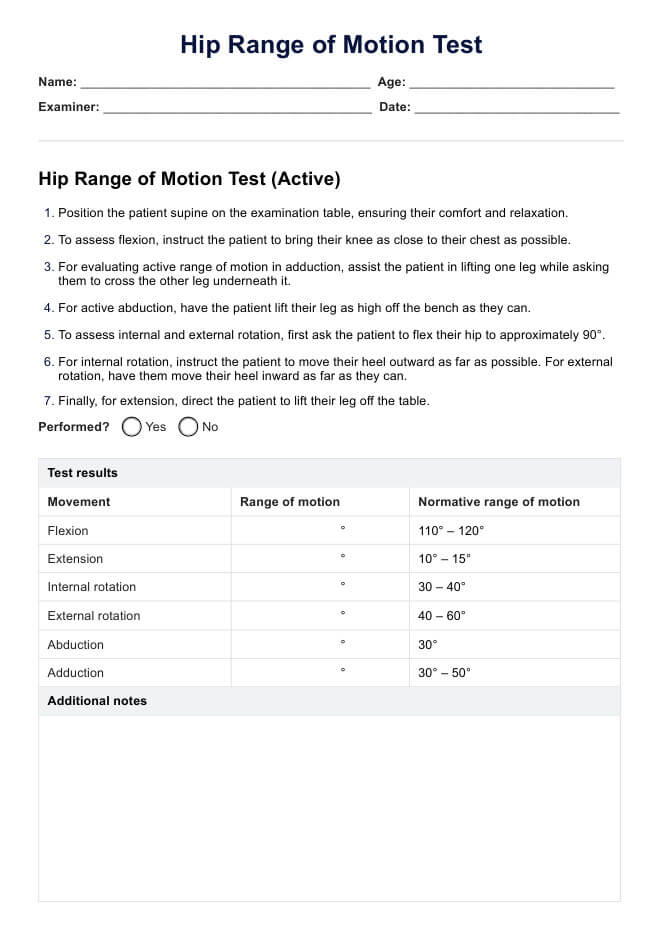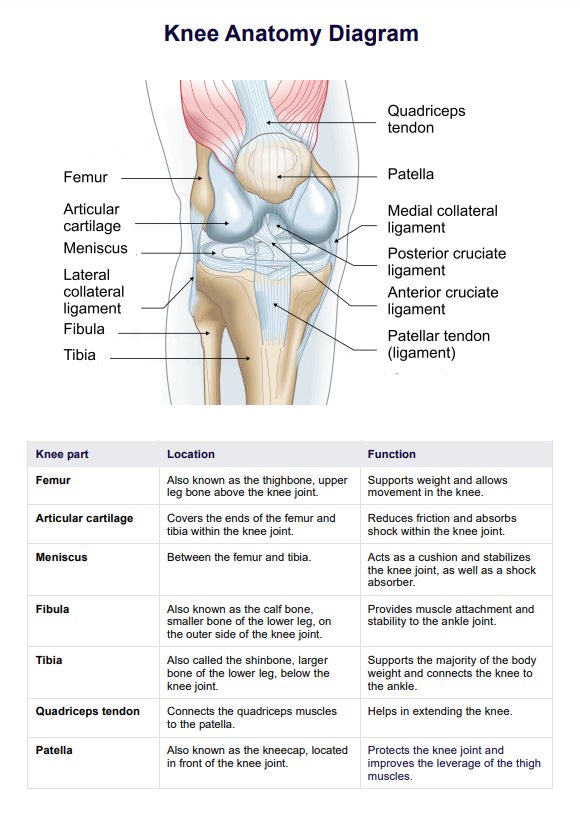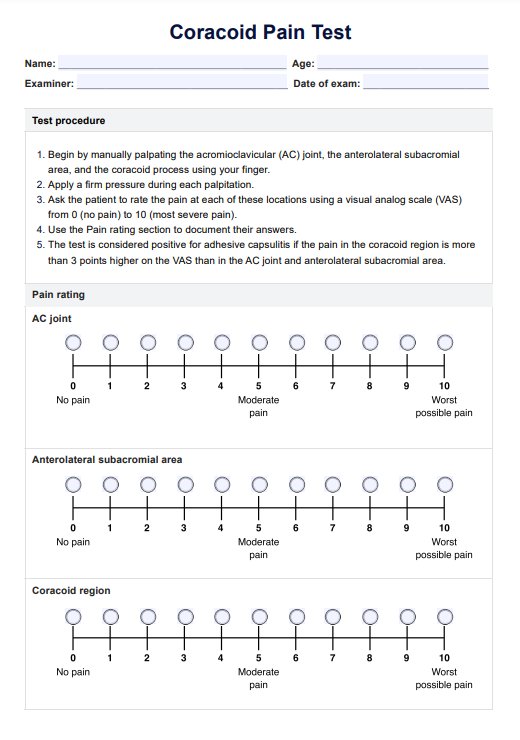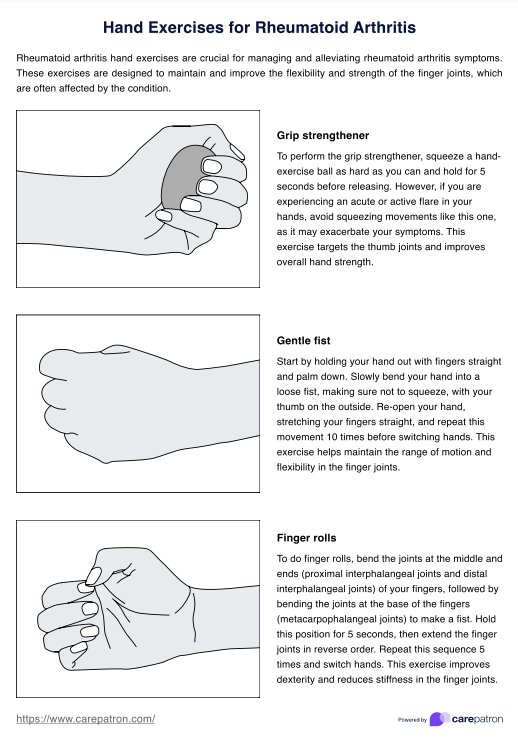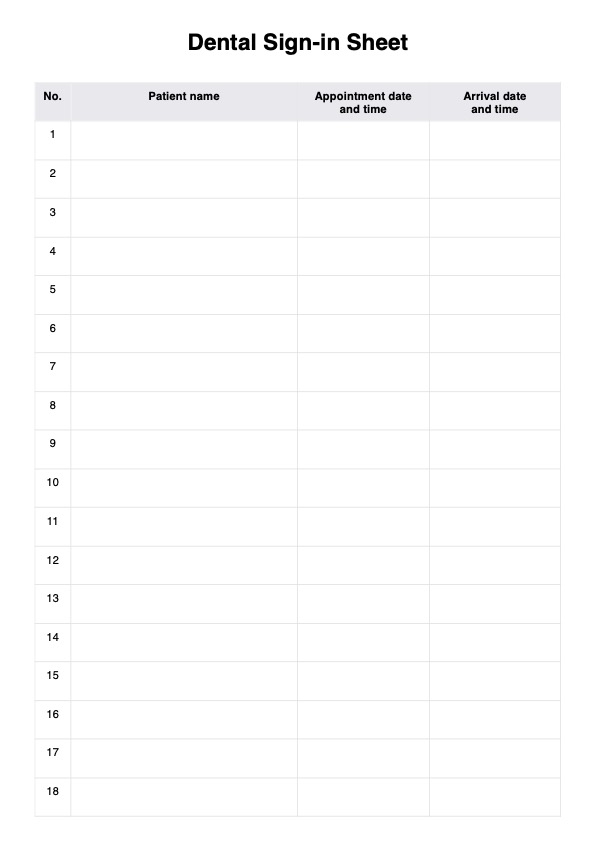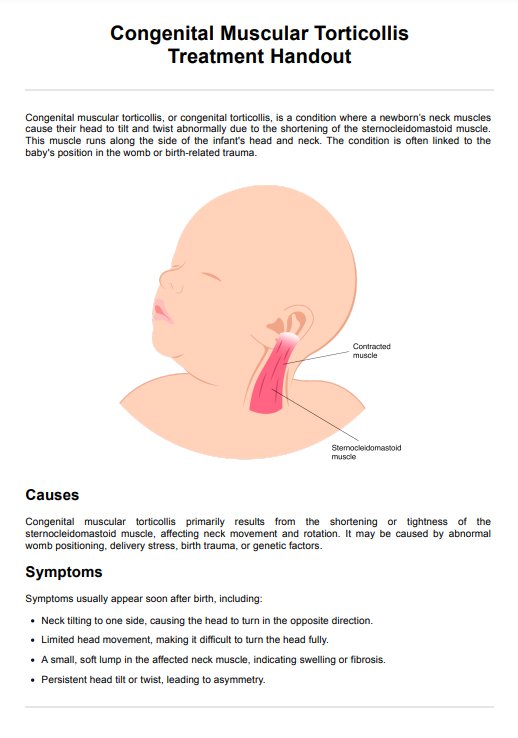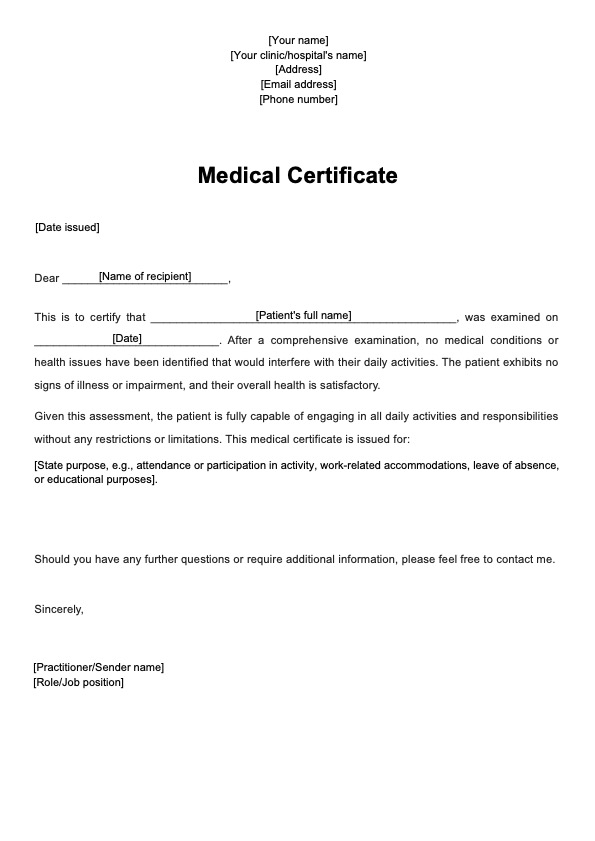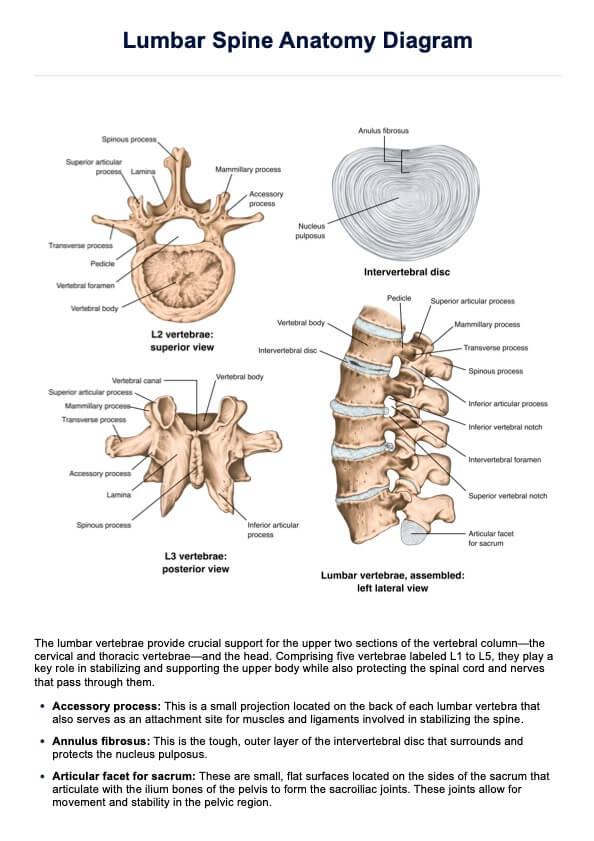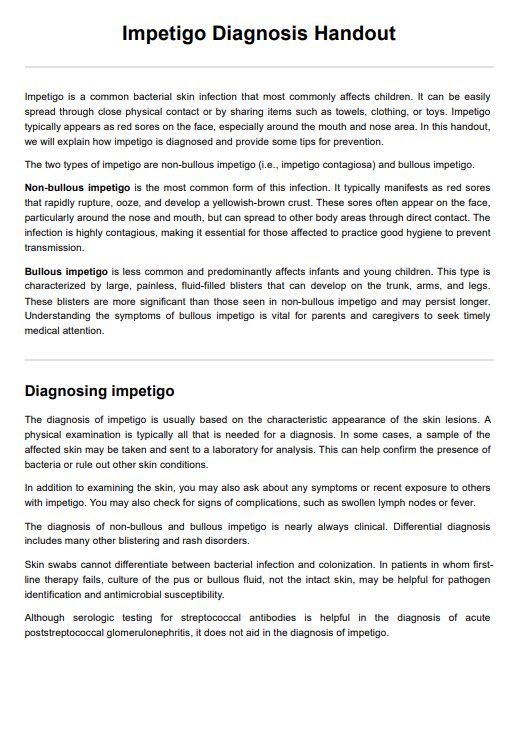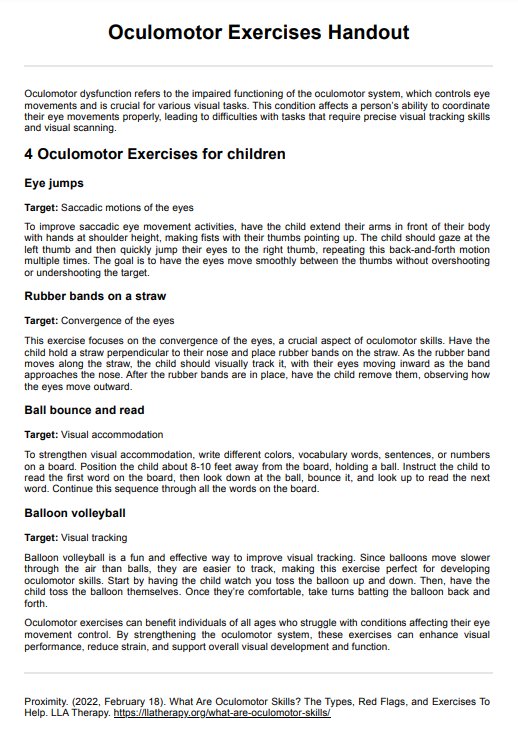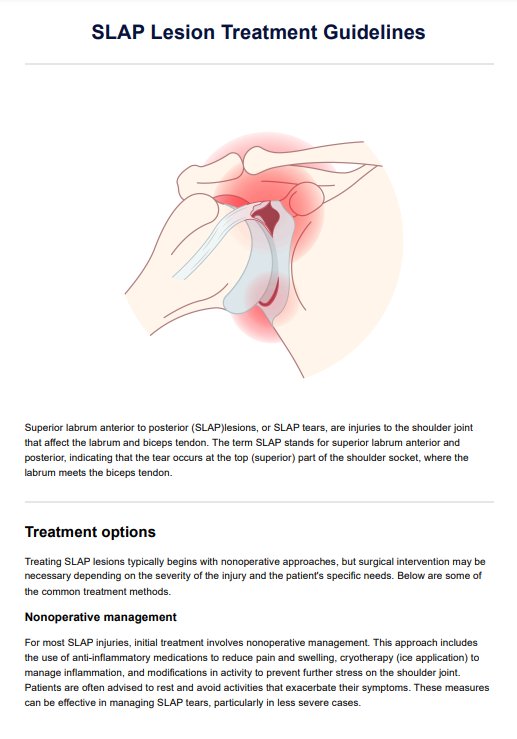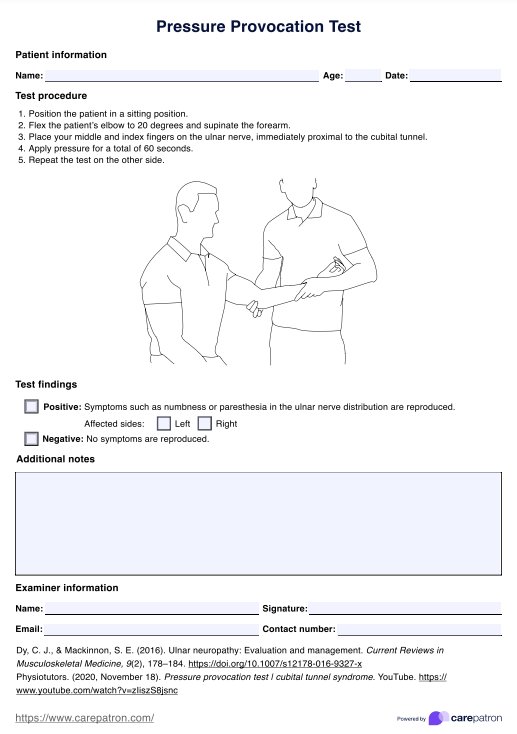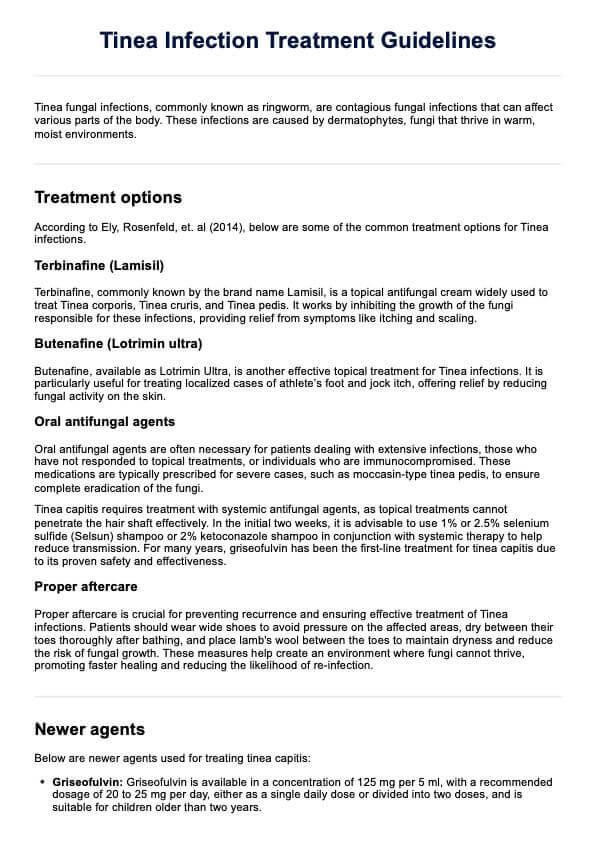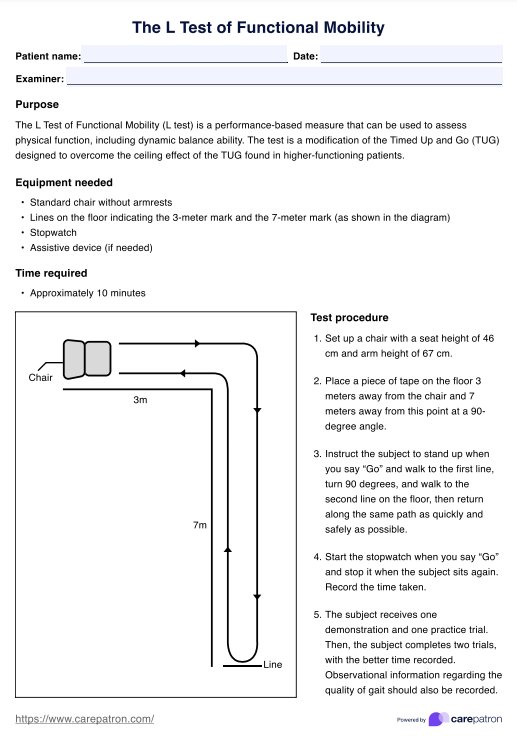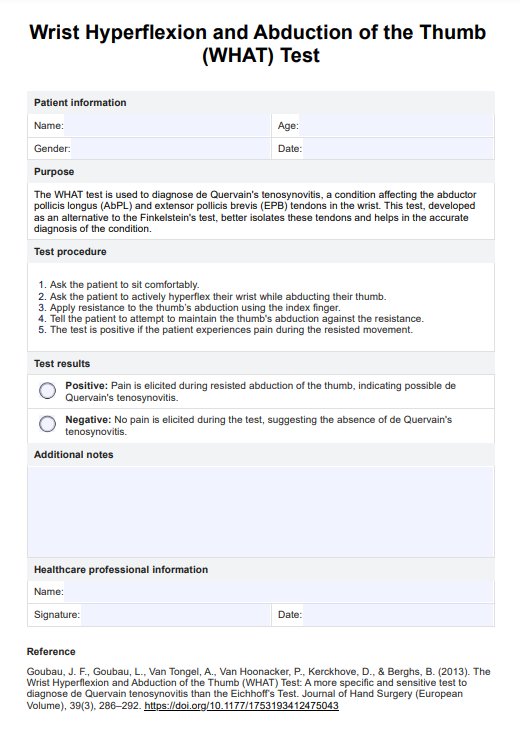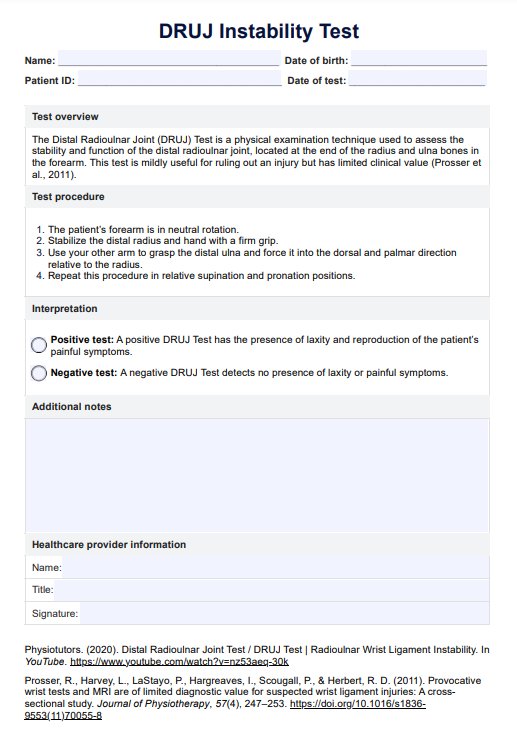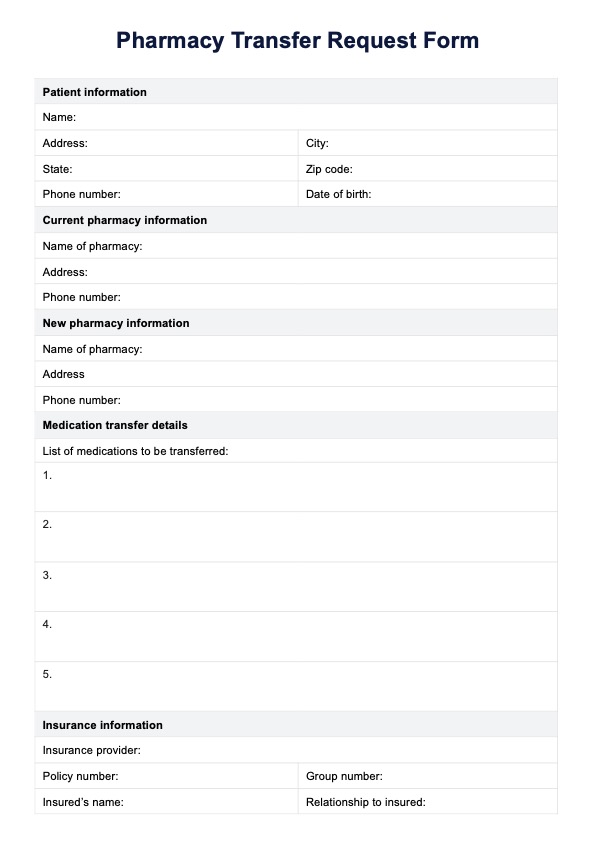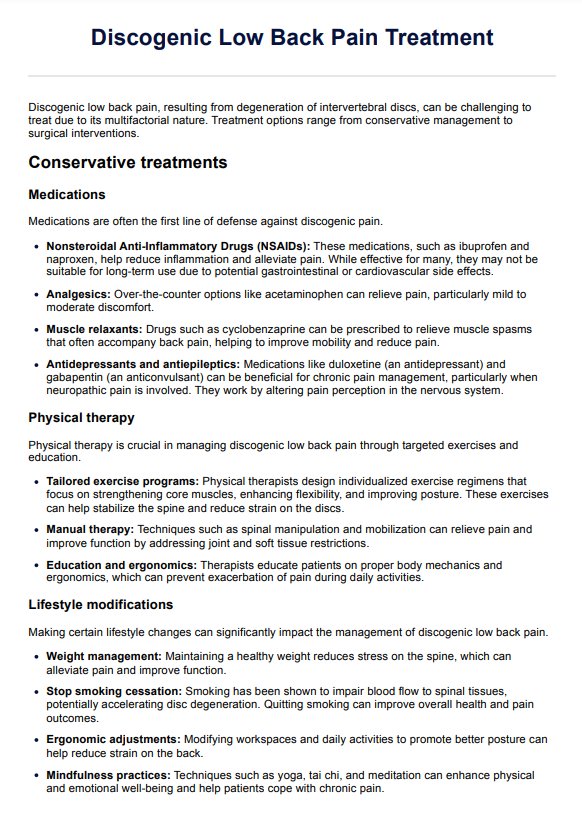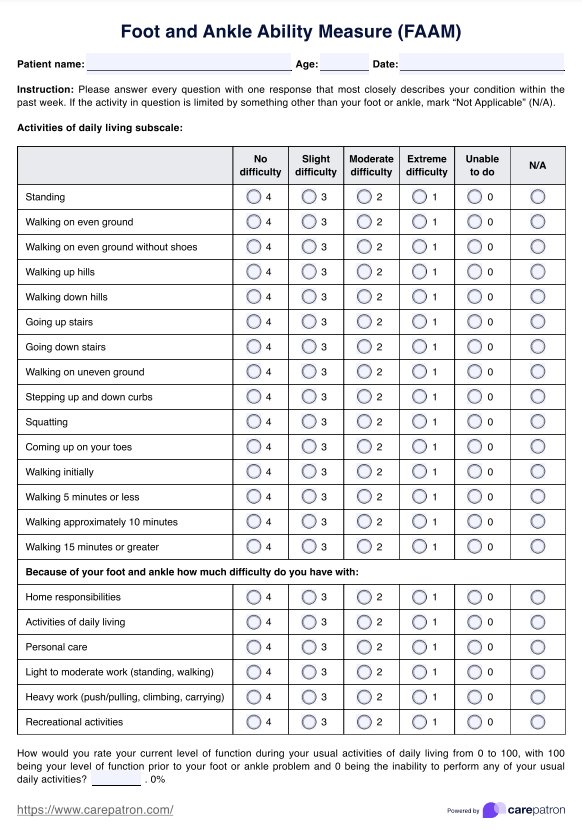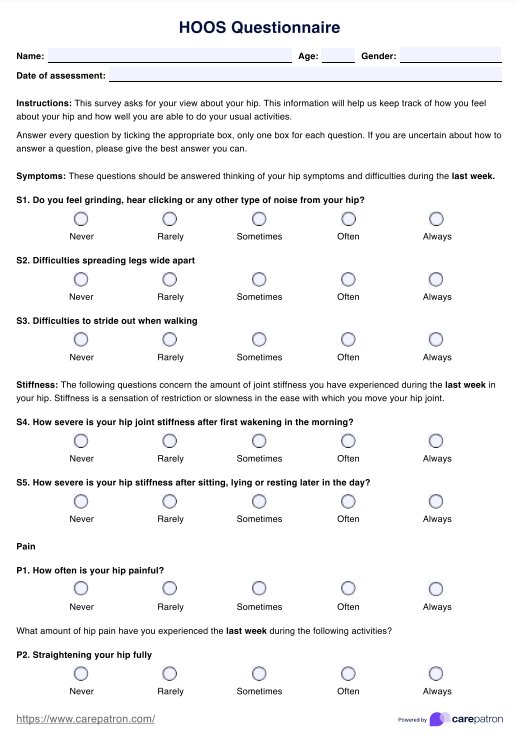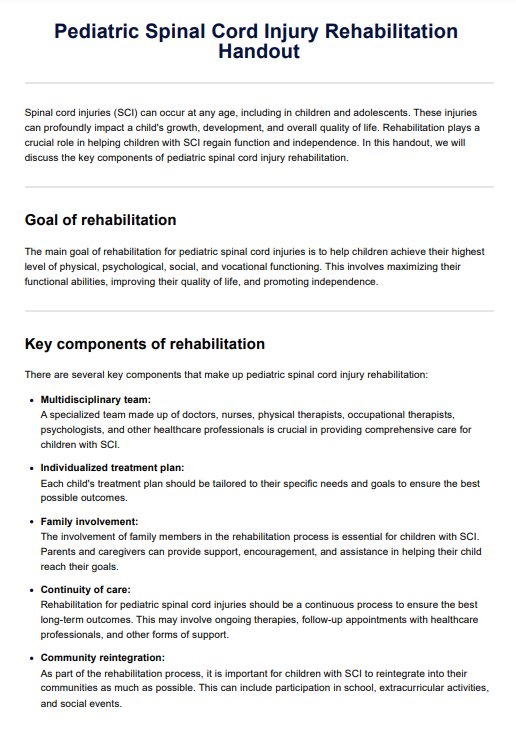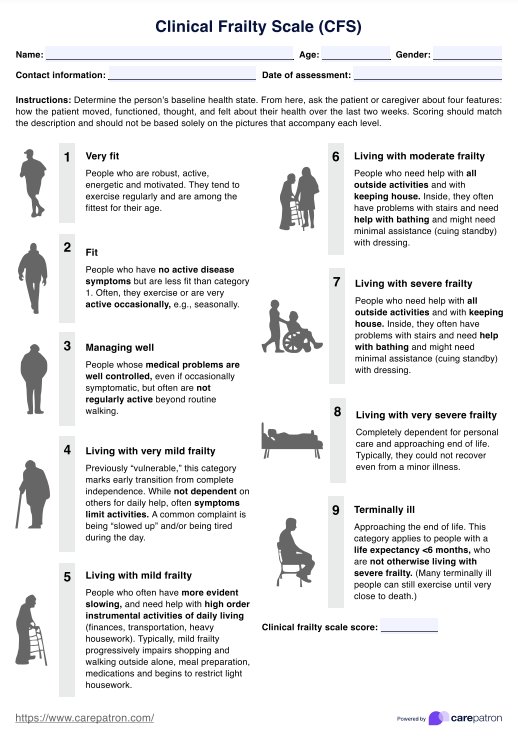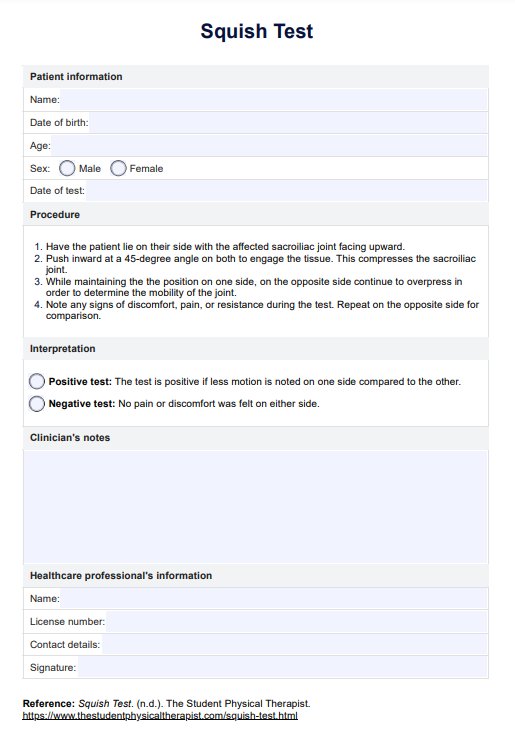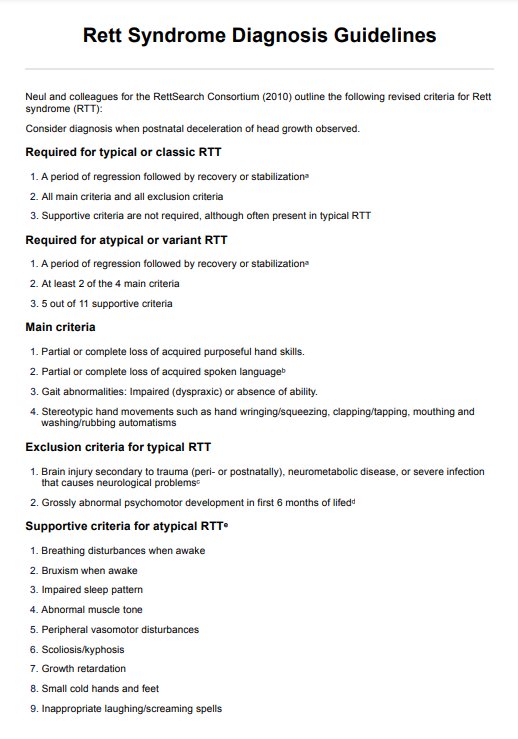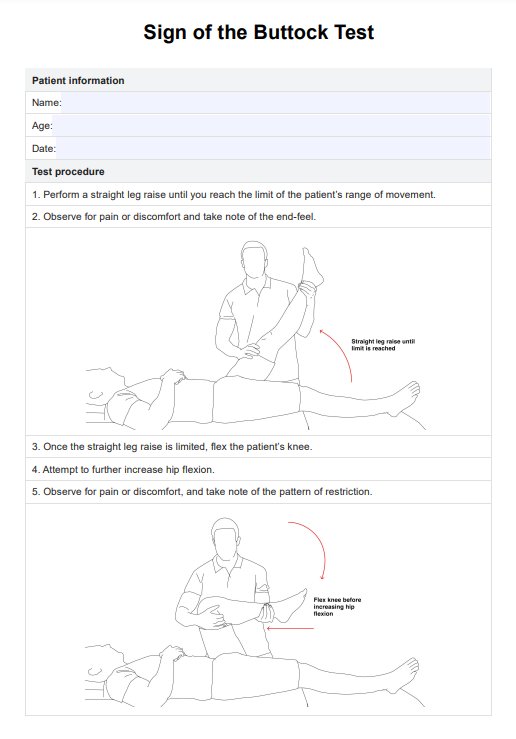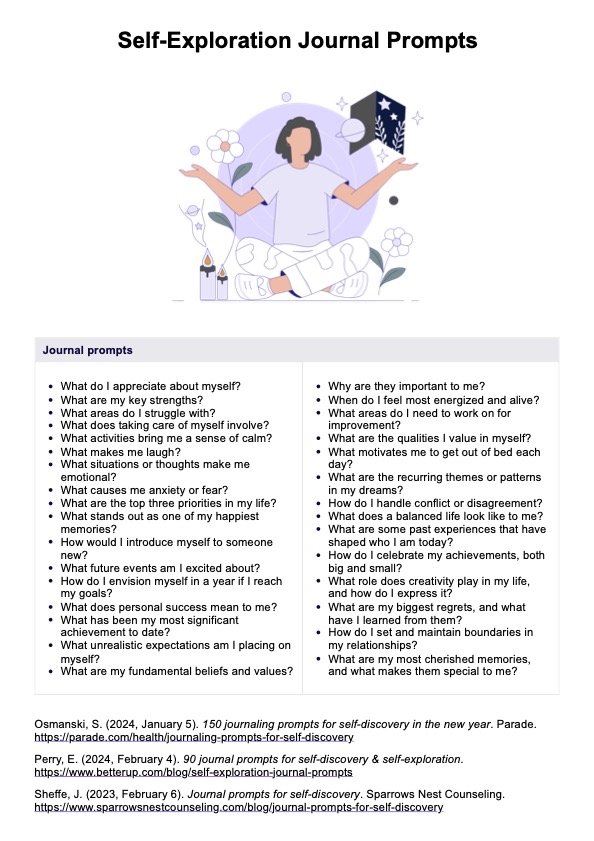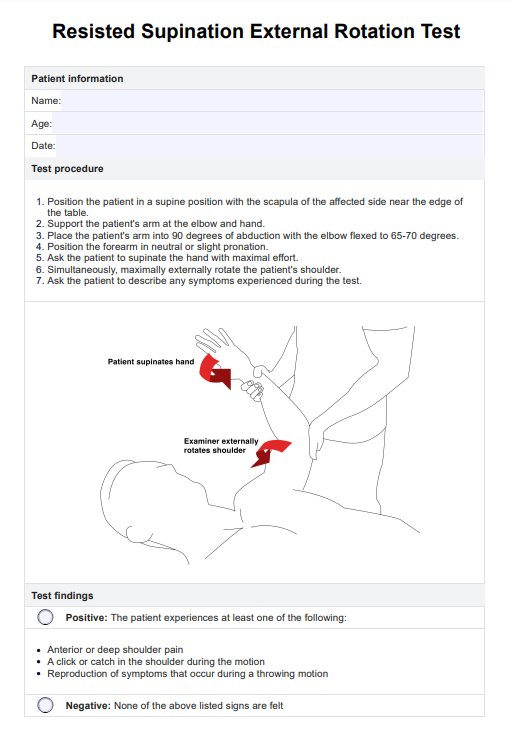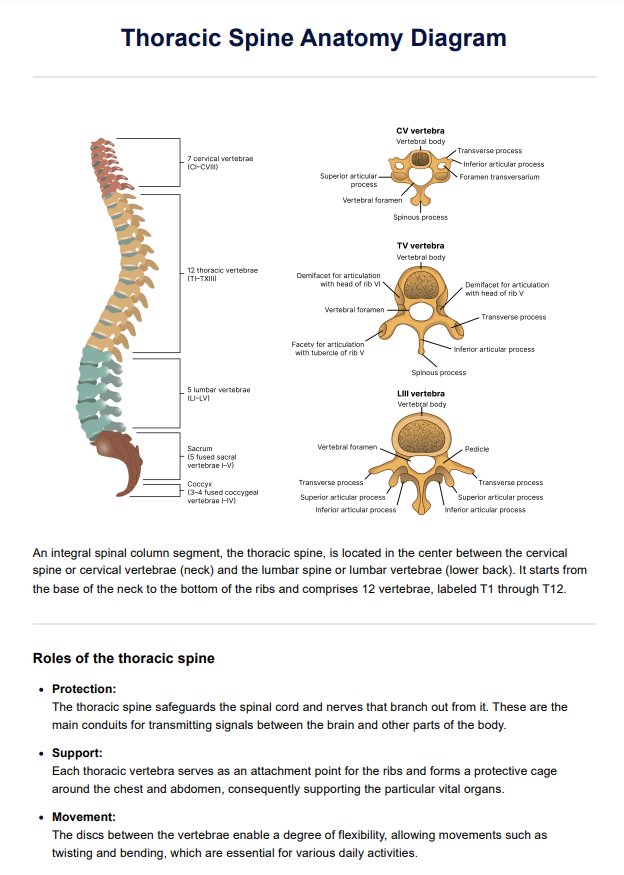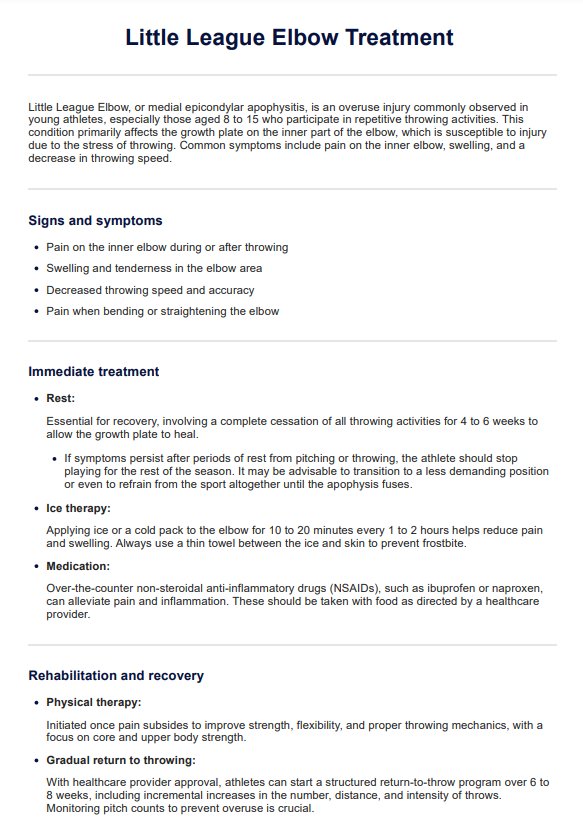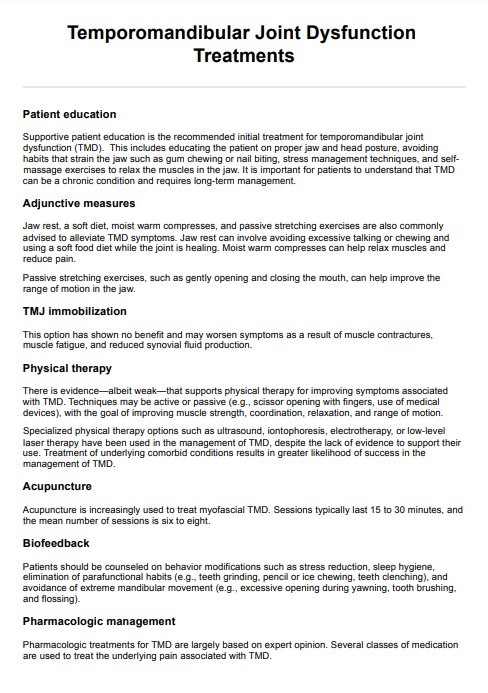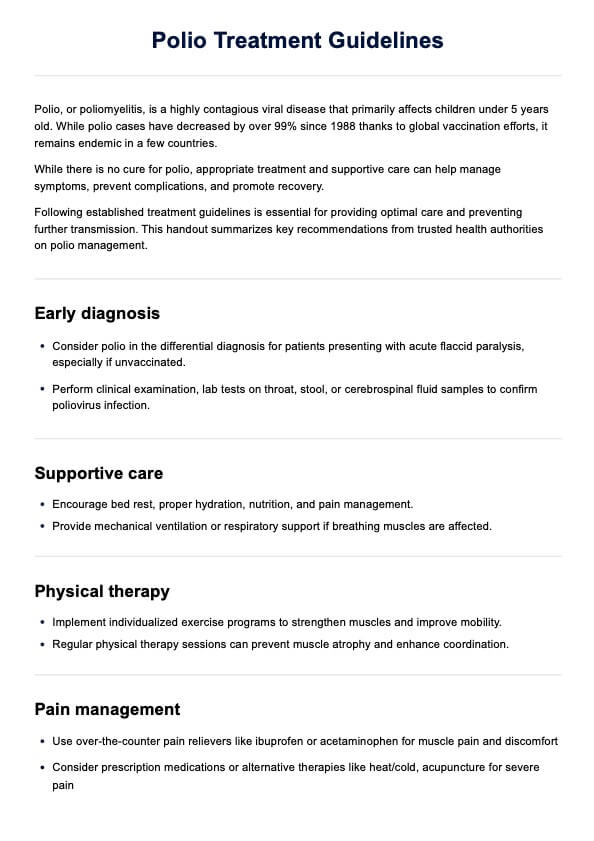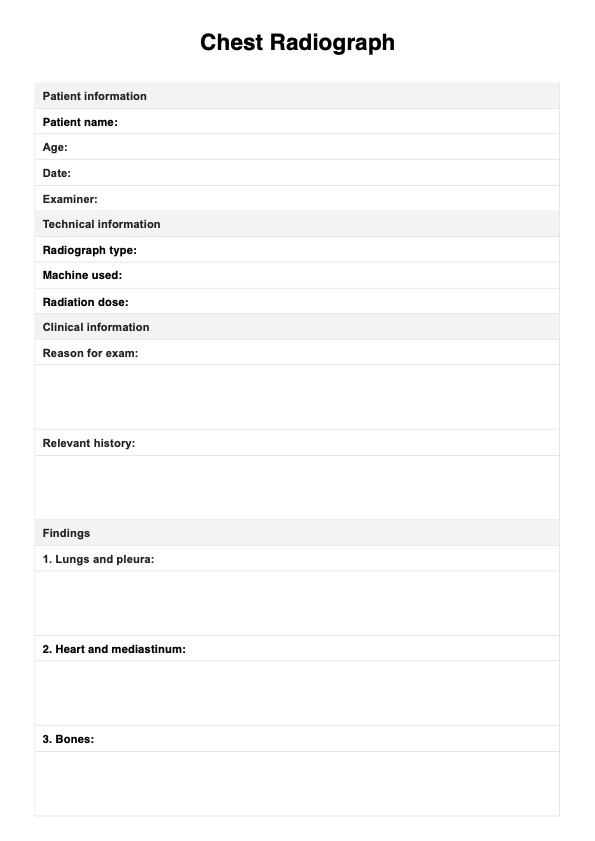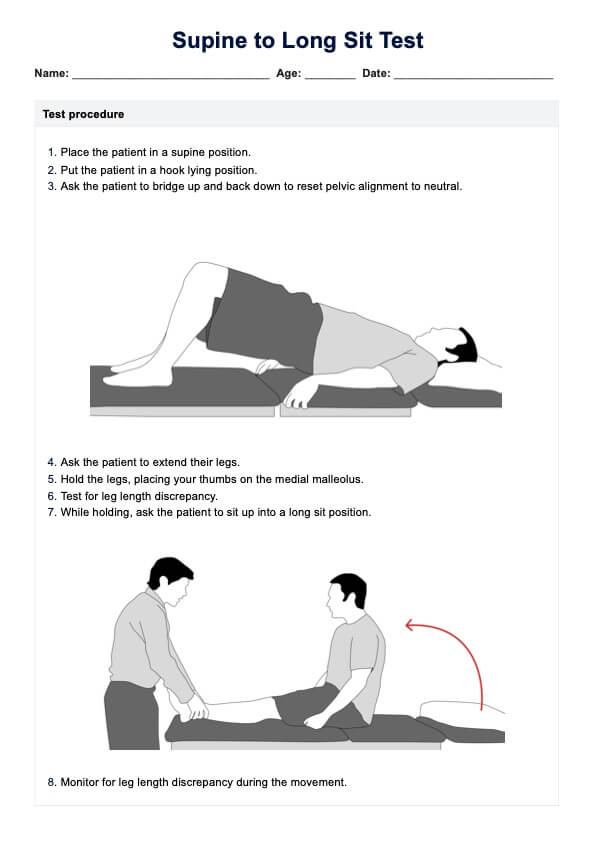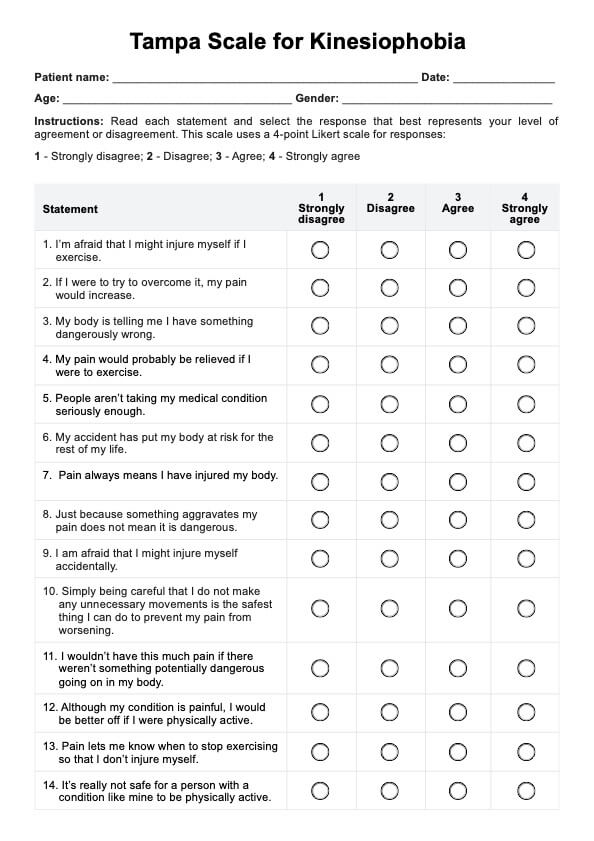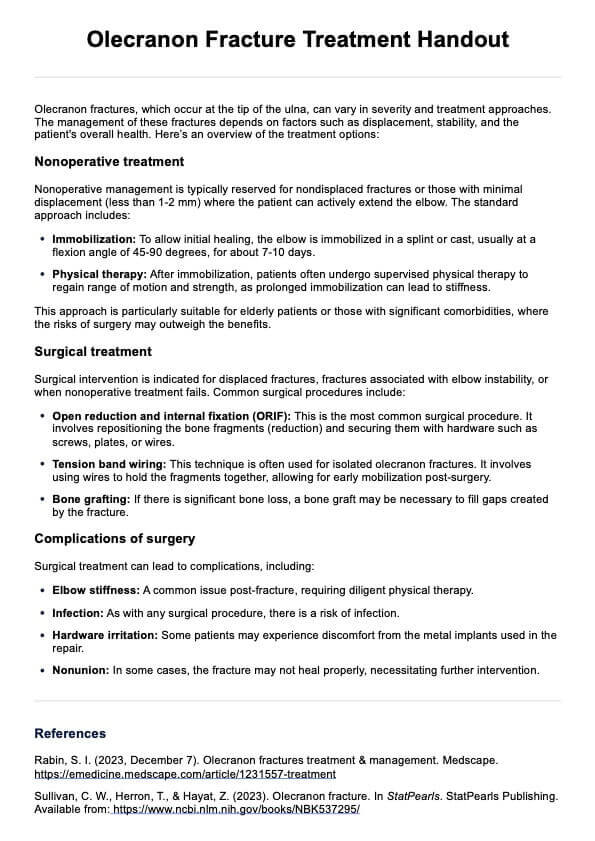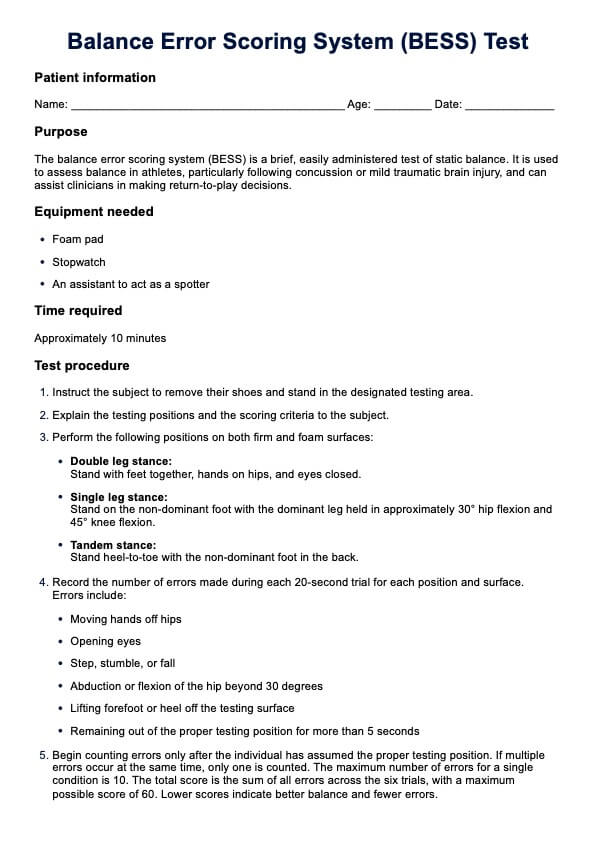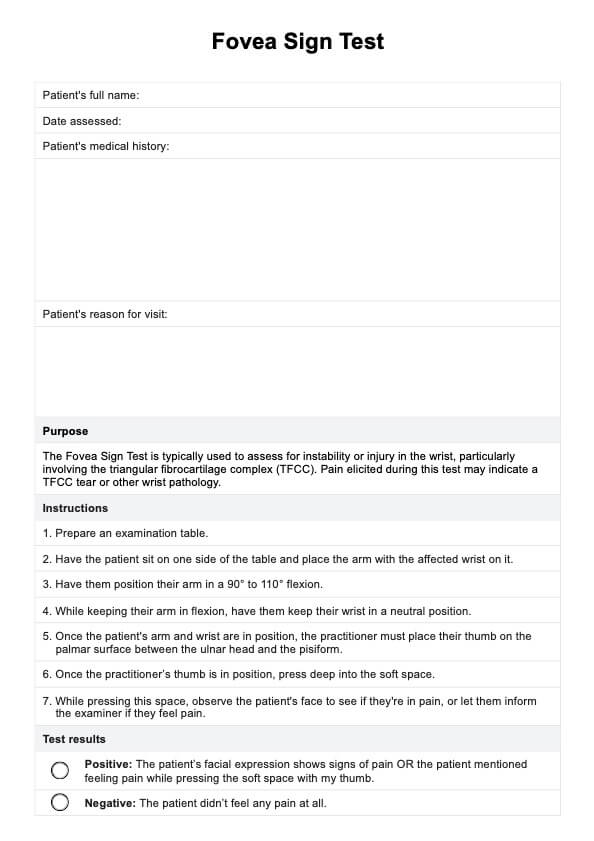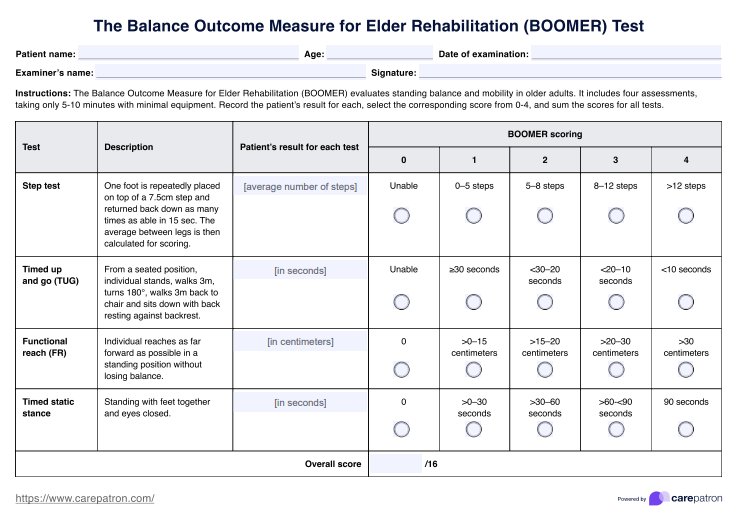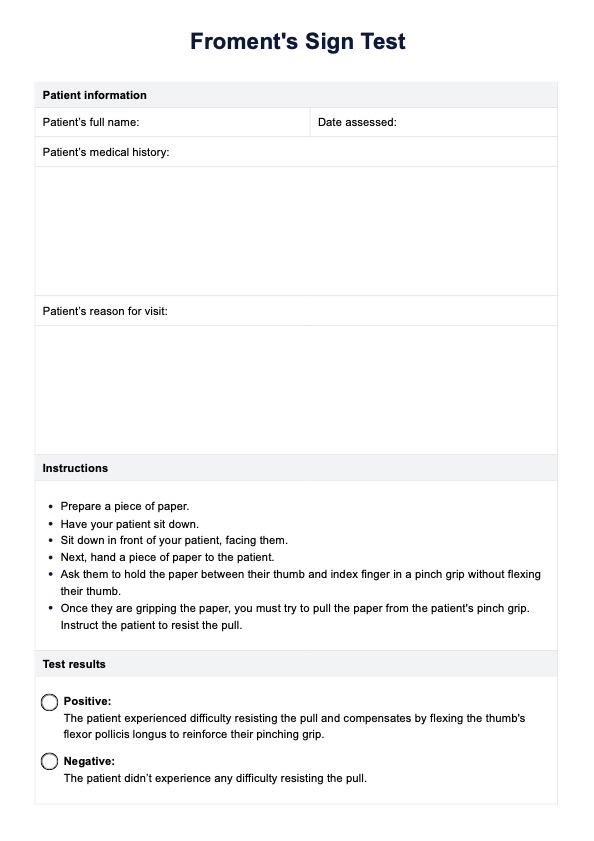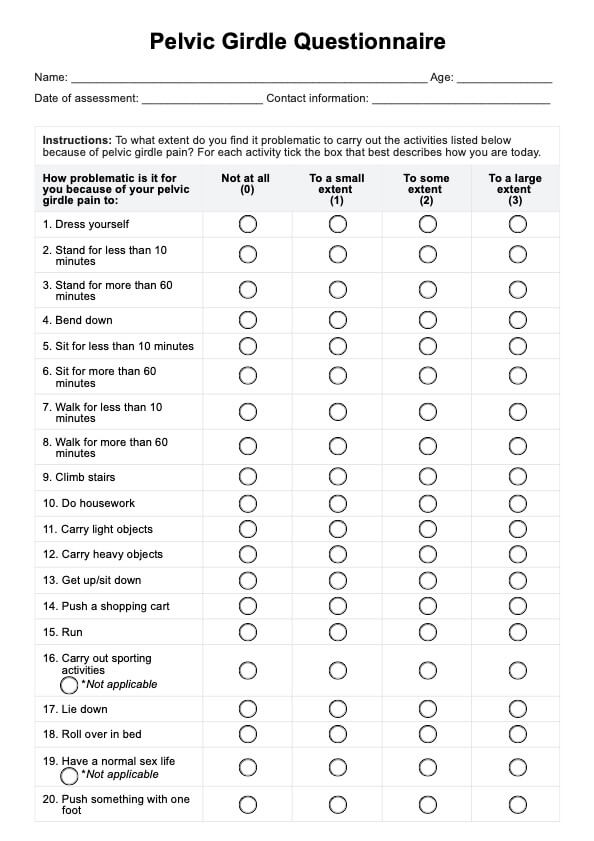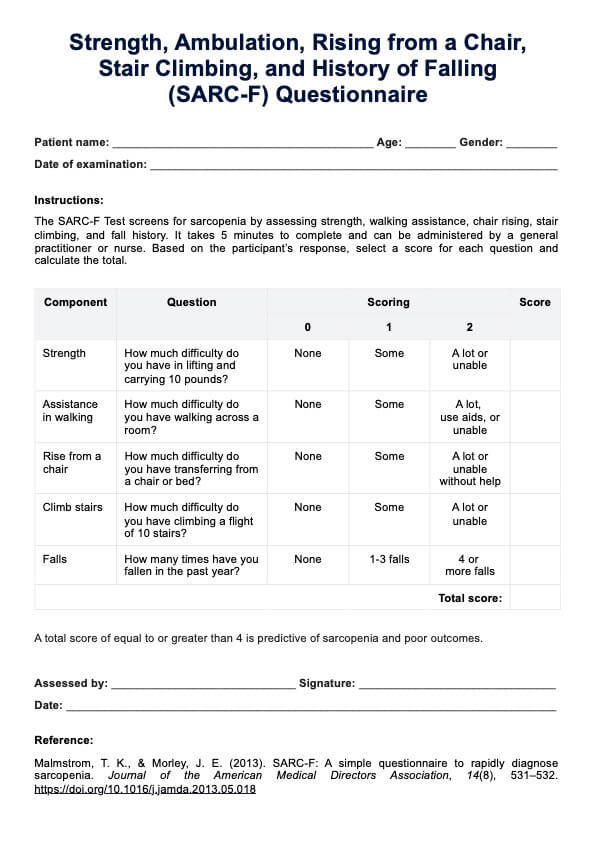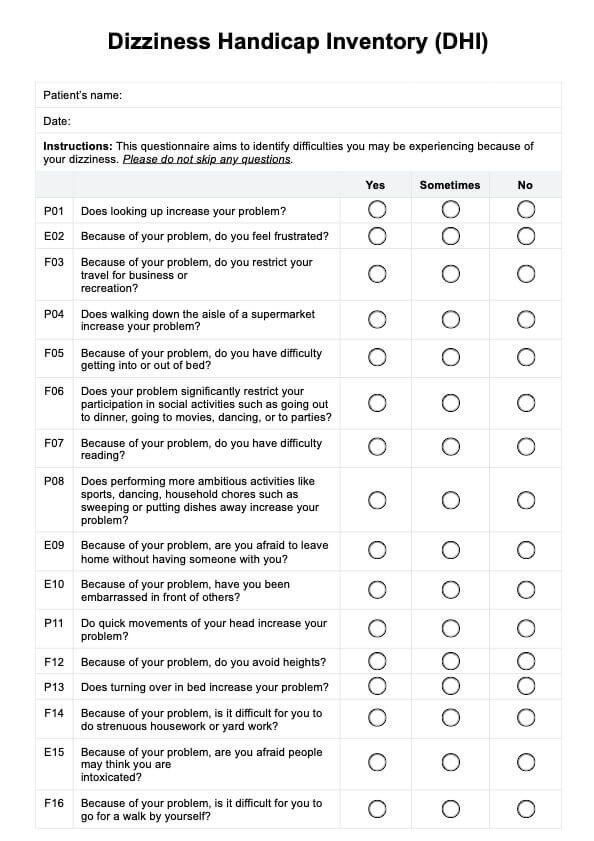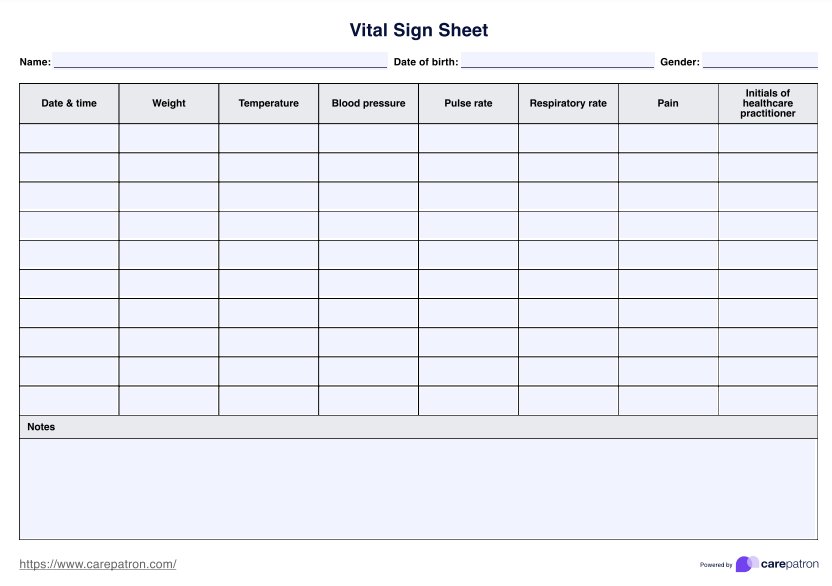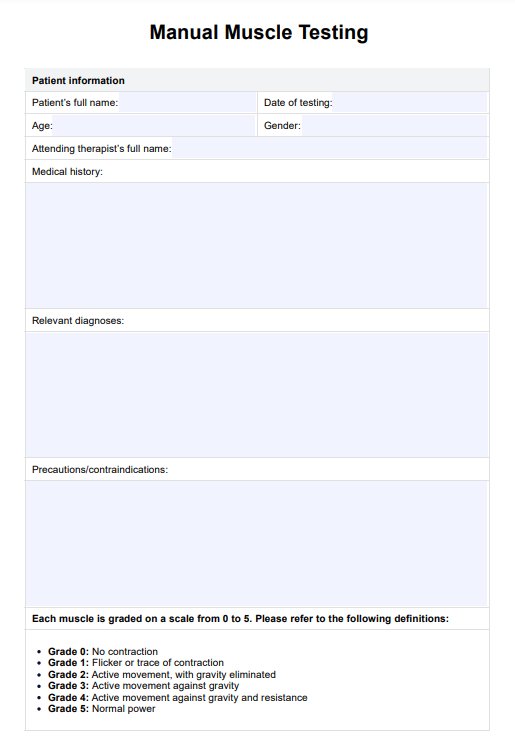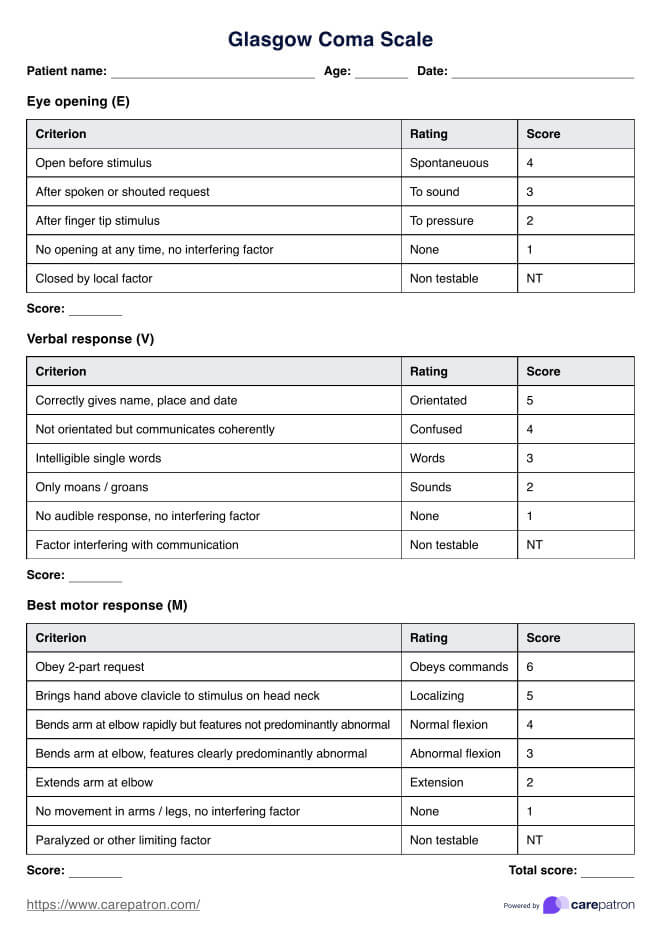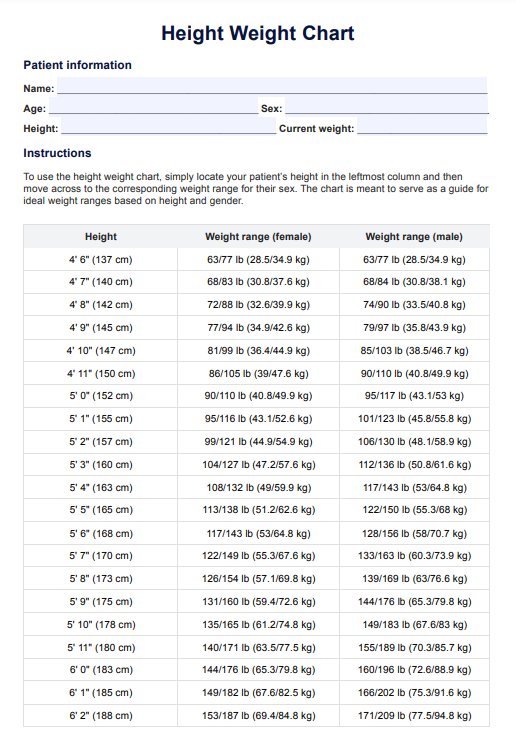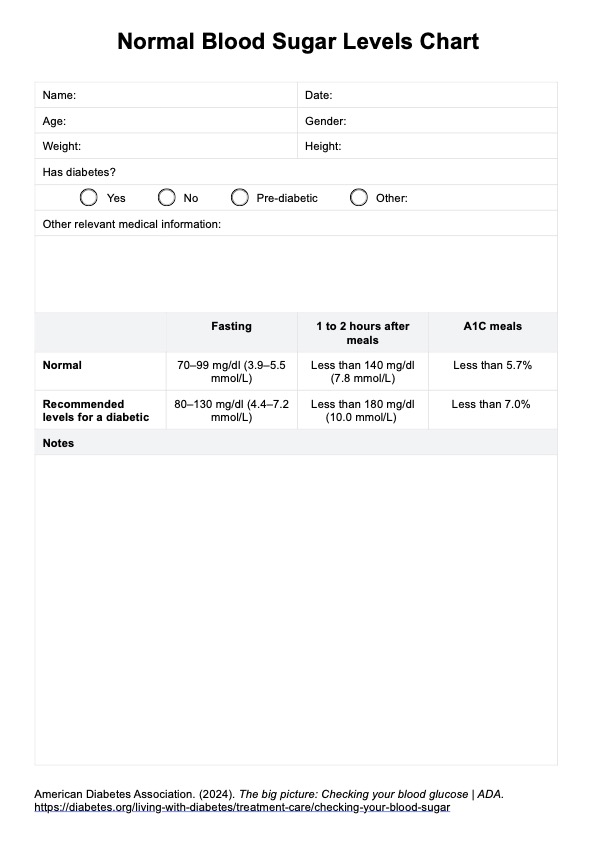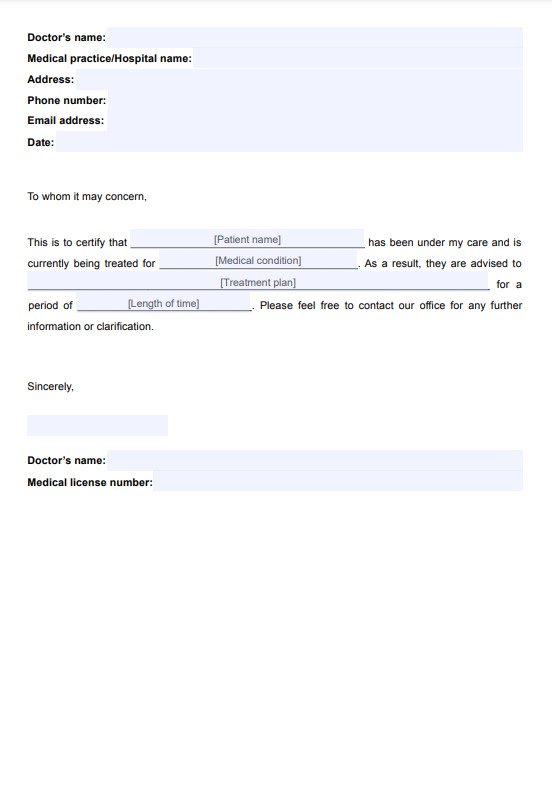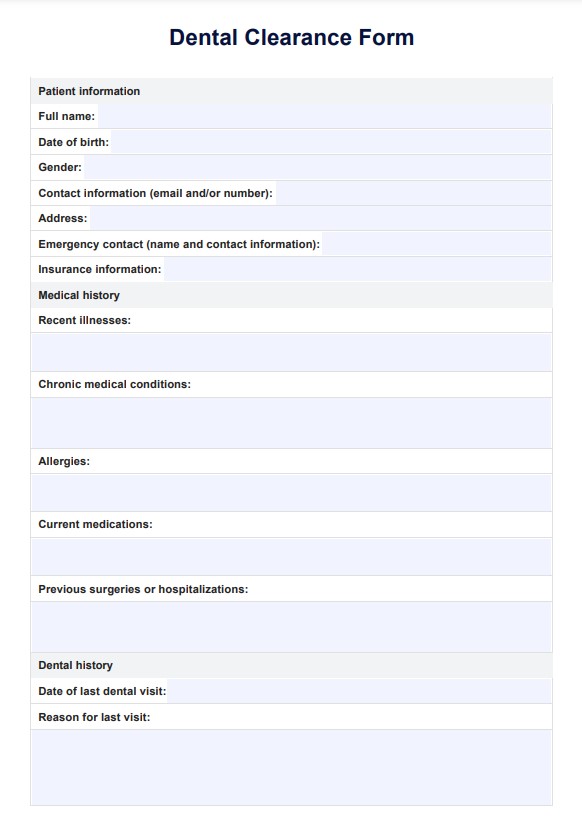Newborn Exam Template
Streamline newborn examinations with our Newborn Exam Template, ensuring thorough newborn assessment and care. Download now!


What is a newborn exam?
A newborn exam is a thorough assessment conducted to evaluate a newborn's overall health and physical maturity immediately after birth. This examination involves collecting essential information, such as family medical history, details about the birth, birth weight, and any complications during delivery. Determining the baby’s gestational age using methods like the Ballard Score is also critical in assessing physical maturity.
Various body systems are evaluated during the physical exam, and Apgar scores are recorded. The baby's head is inspected for proper shape and the presence of fontanelles, while the palate is checked to ensure it is intact. The baby’s arms, legs, and lower extremities are assessed for a full range of motion and alignment. The ears, nose, and umbilical cord are also examined for abnormalities. The baby’s skin is evaluated comprehensively to identify color, texture, and rashes or marks.
Documentation of all findings is essential for continuity of care and is a reference for future visits. Parents should be provided with anticipatory guidance on routine newborn care, including safe sleep practices, breastfeeding, and developmental milestones. Reassurance and support should also be offered, emphasizing the importance of follow-up appointments and routine care to monitor the baby’s growth and health. This comprehensive approach ensures early identification of concerns and fosters the baby’s well-being.
Newborn Exam Template
Newborn Exam Template Example
What is a Newborn Exam Template?
A Newborn Exam Template is a structured form used to document the health assessment of a newborn baby immediately after birth. It ensures that all critical details are recorded, providing a consistent format for evaluating the baby's overall health. The template typically includes sections documenting birth history, physical findings, and any abnormalities or concerns. It also focuses on assessing key areas such as the baby's physical maturity parts, lung sounds, heart sounds, and signs of respiratory distress.
Using a Newborn Exam Template helps healthcare providers conduct thorough and systematic assessments while ensuring accurate record-keeping. It serves as a valuable reference for follow-up visits, supports continuity of care, and aids in monitoring the baby’s growth and development effectively.
How does our Newborn Exam Template work?
Our Newborn Exam Template is a structured guide to help you conduct thorough and systematic examinations of newborns. The template is designed to facilitate efficient and comprehensive assessments by organizing critical components of the examination process into clear and easy-to-follow sections.
Here's how our Newborn Exam Template works:
Step 1: Download the template
Click the "Use template" button to access the form via the Carepatron app, where you can customize it for your patient's needs. For a PDF copy, click "Download."
Step 2: Record the newborn's history
Begin by documenting the baby's key details, including birth weight, gestational age, and complications during delivery. Include relevant family history and notes on maternal health, as these can provide crucial context for the examination.
Step 3: Perform the physical examination
Follow the structured sections of the template to ensure a systematic assessment. Use the designated fields to document findings.
Step 4: Note recommendations and guidance
The template provides space to outline recommendations for parents, such as advice on breastfeeding, safe sleep practices, and developmental milestones. Record any follow-up care recommendations or referrals for additional evaluation.
Benefits of conducting a newborn exam
Conducting a newborn exam offers numerous benefits for both healthcare professionals and newborns, including:
- Early detection and intervention for health issues: Newborn exams are vital for detecting health problems early on. Early identification helps in timely treatment, optimizes health outcomes, and prevents potential complications in the future.
- Comprehensive assessment of overall health: Healthcare professionals conduct physical examinations of newborns. This approach ensures that any health concerns are identified promptly and addressed accordingly.
- Providing guidance and support for parents: Newborn exams guide parents on feeding, safety, and development. It empowers them to make informed decisions and find reassurance.
- Screening for congenital conditions: Newborn exams screen for conditions like hearing loss, metabolic disorders, and heart defects. Early detection is crucial for proper management and intervention.
Commonly asked questions
The assessment of a newborn involves evaluating their overall health, physical maturity, and vital signs shortly after birth. It includes checking for abnormalities, assessing reflexes, and ensuring normal organ function to detect and address potential issues early.
The seven commonly screened conditions include metabolic disorders, congenital hypothyroidism, cystic fibrosis, sickle cell disease, phenylketonuria (PKU), hearing loss, and critical congenital heart defects. These screenings help identify conditions that may require immediate treatment or management.
A newborn examination systematically assesses the baby’s head, skin, limbs, heart, lungs, abdomen, and reflexes. Measurements such as weight, length, and head circumference are taken, and screenings for congenital conditions are performed to ensure the baby’s health and well-being.


